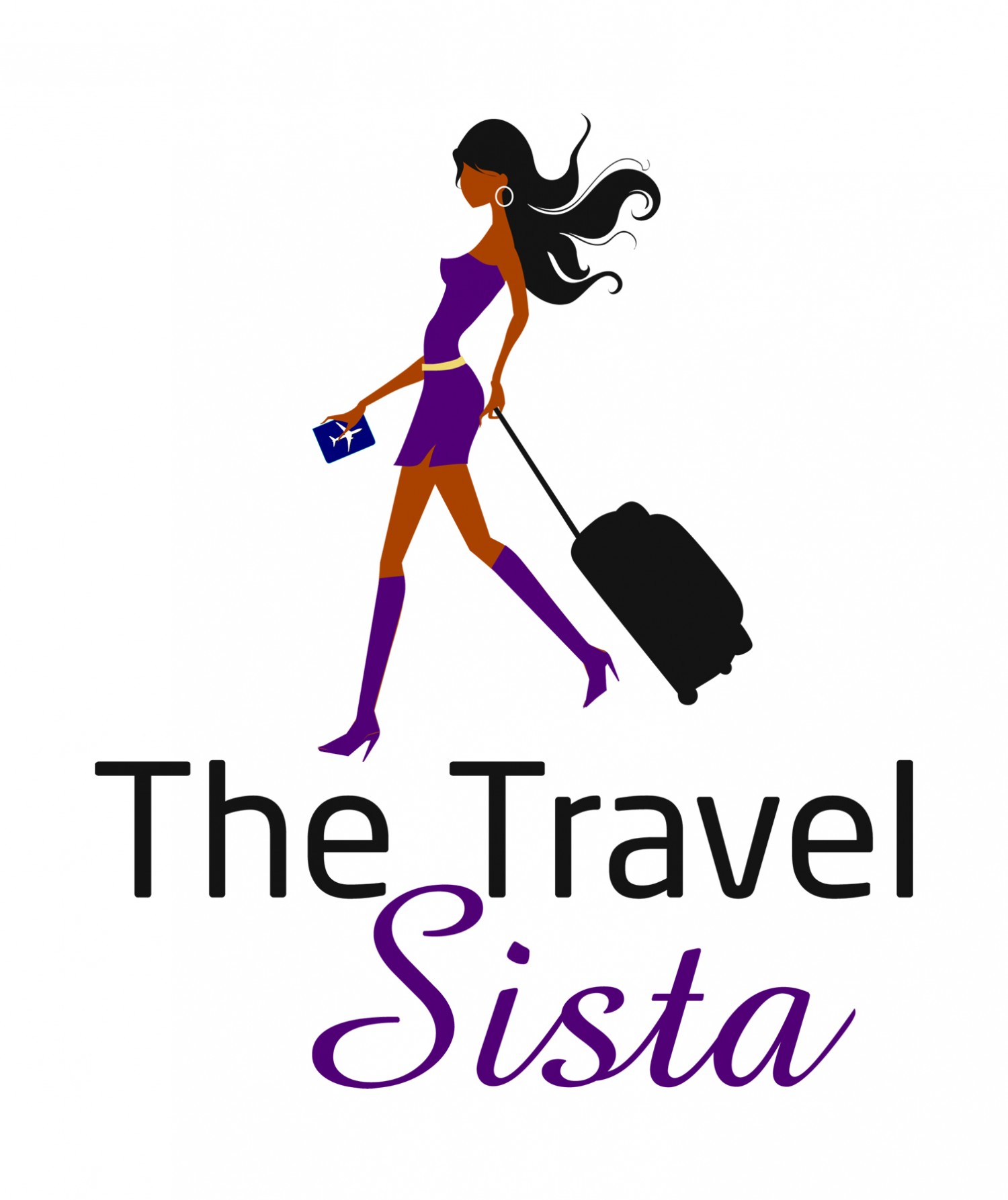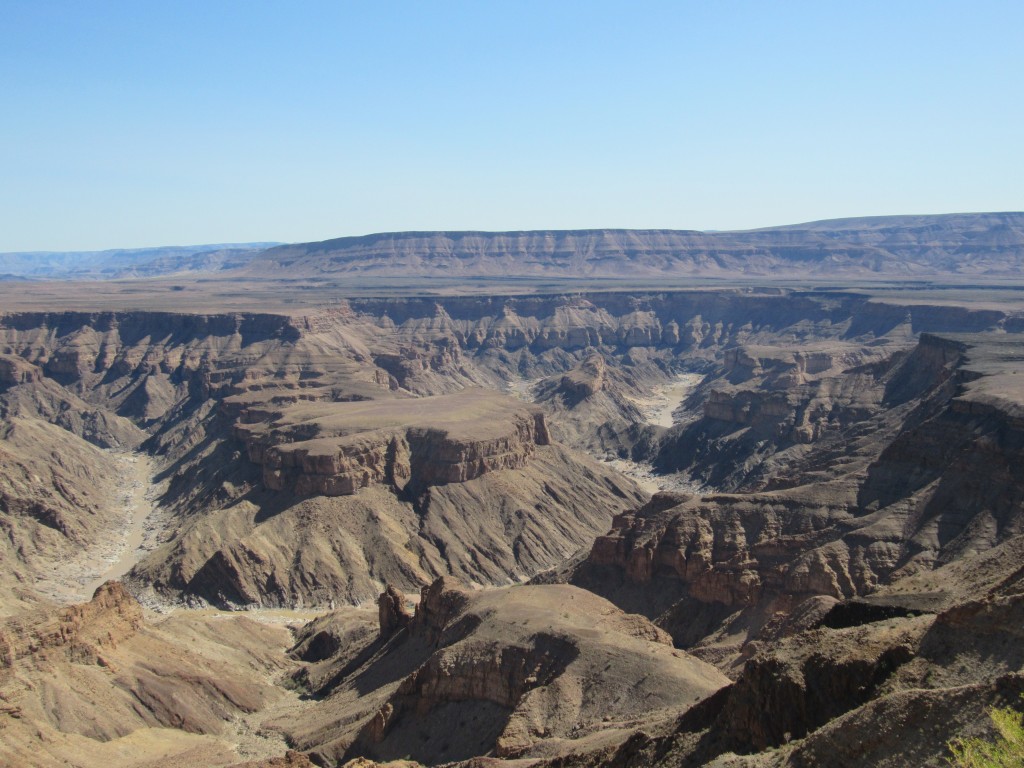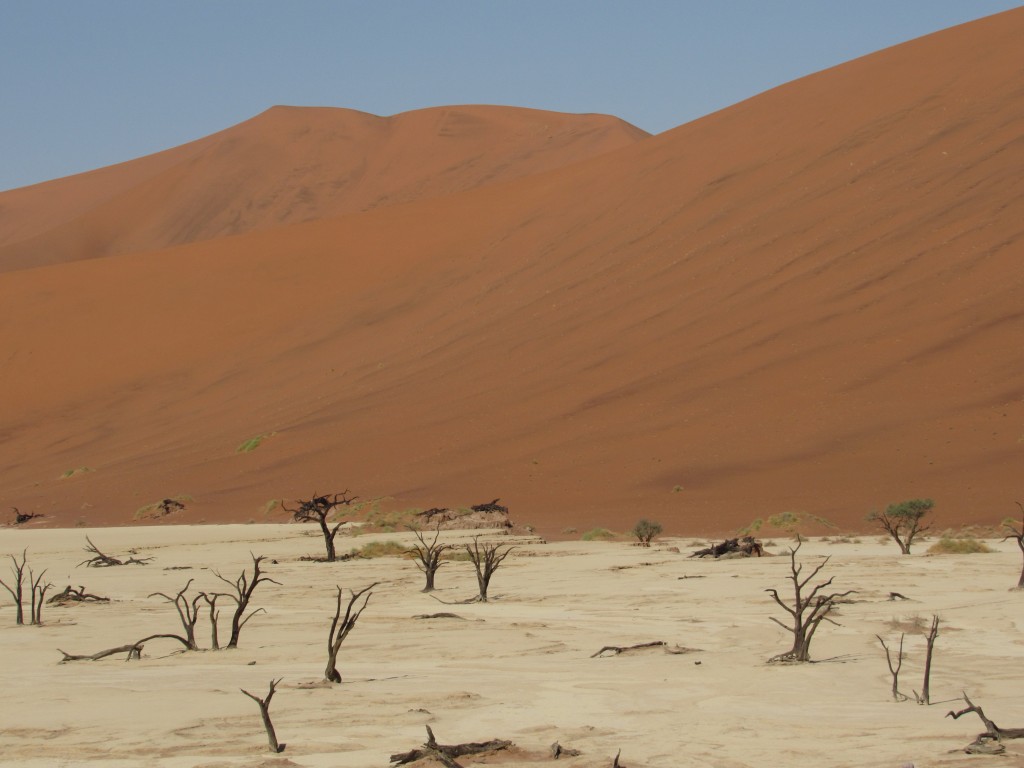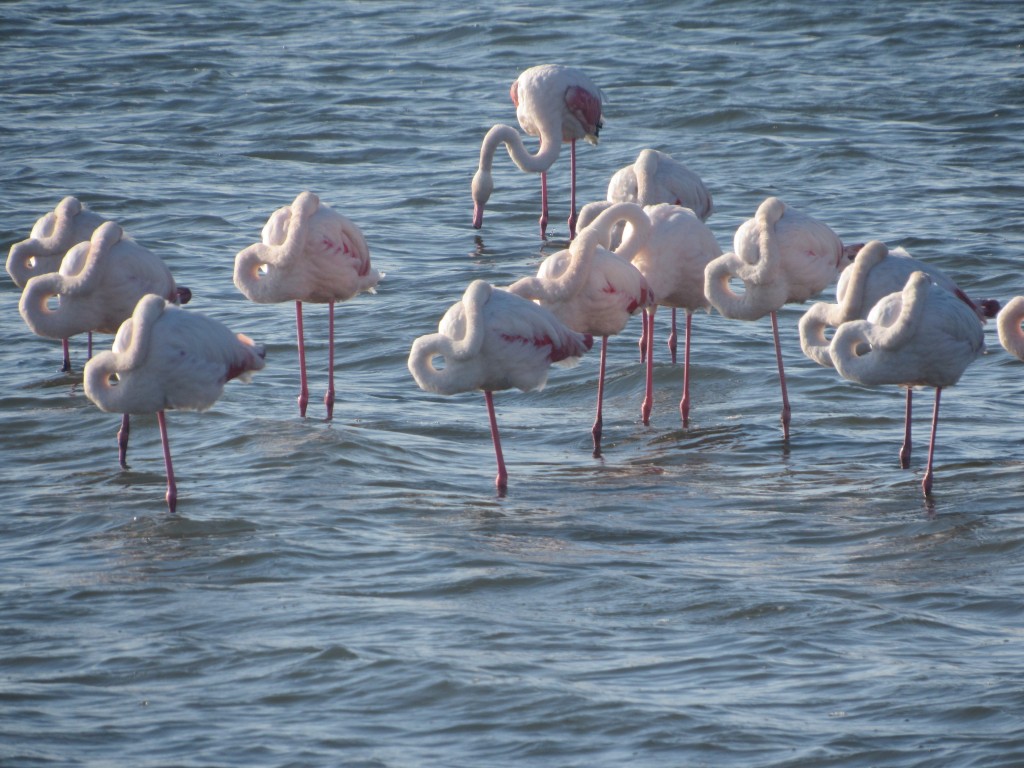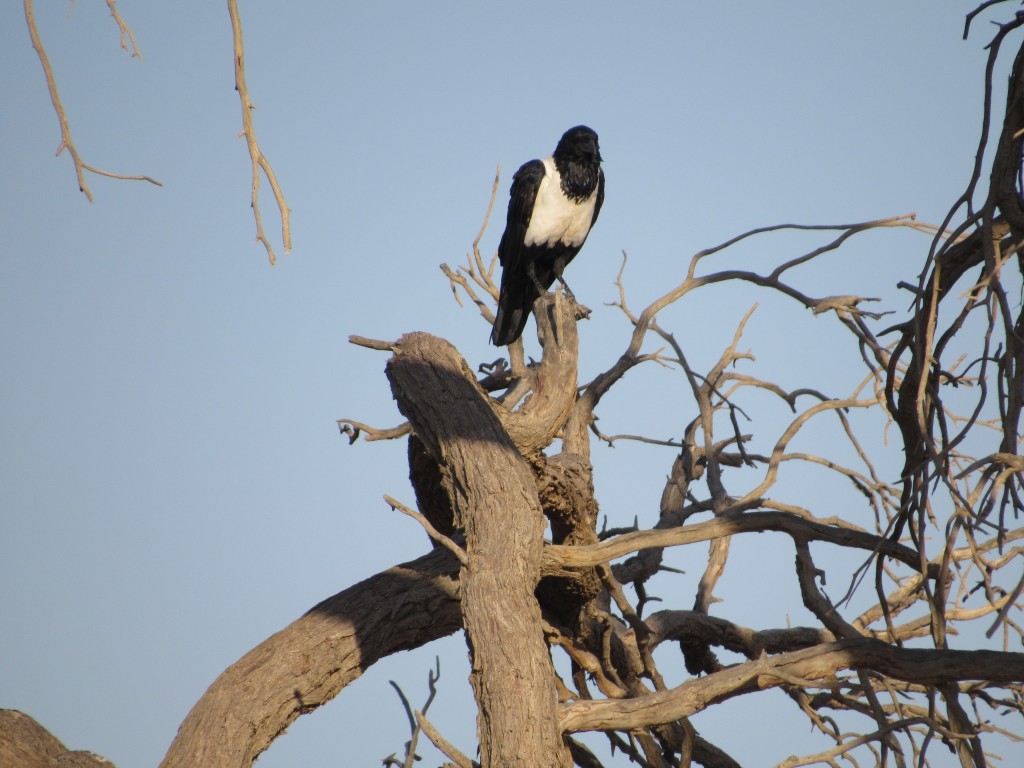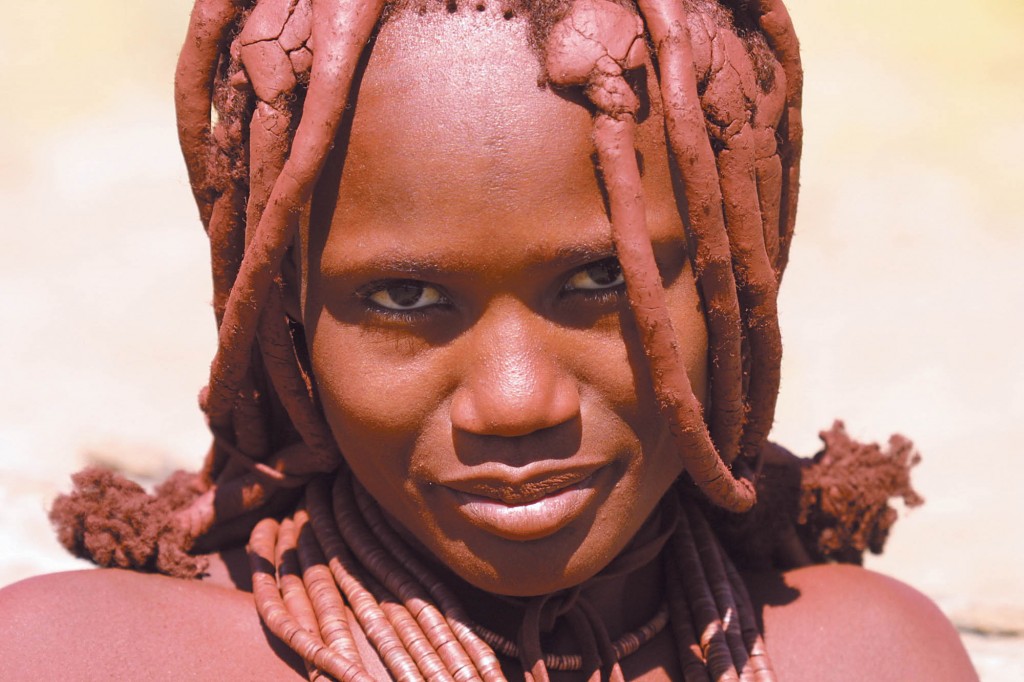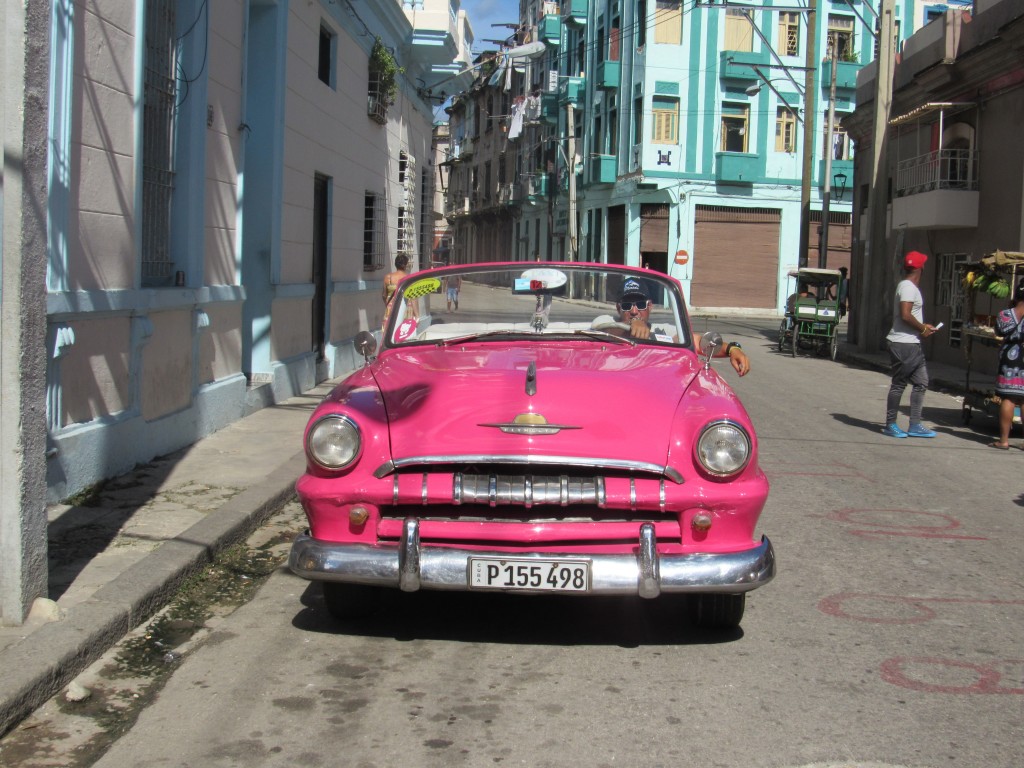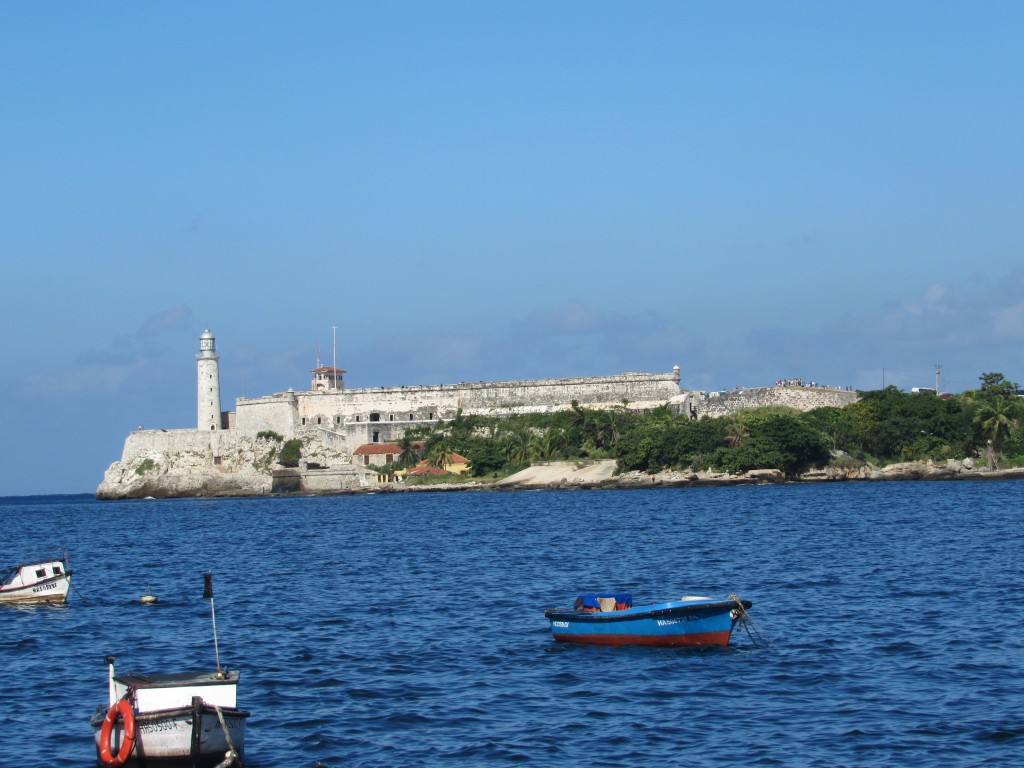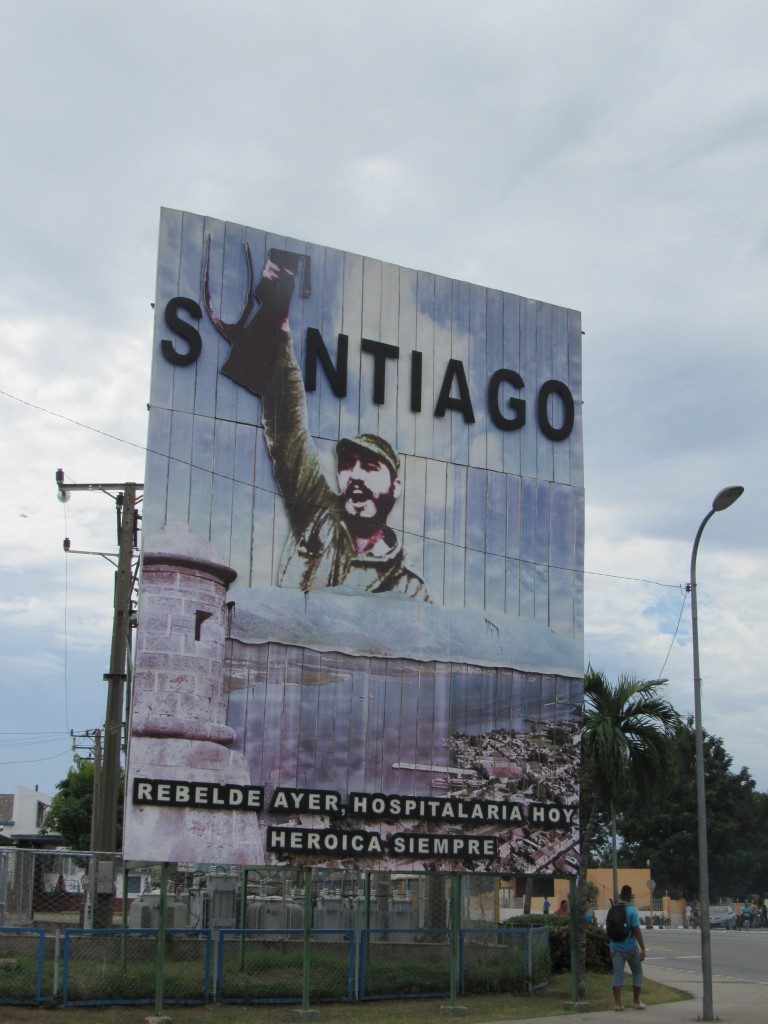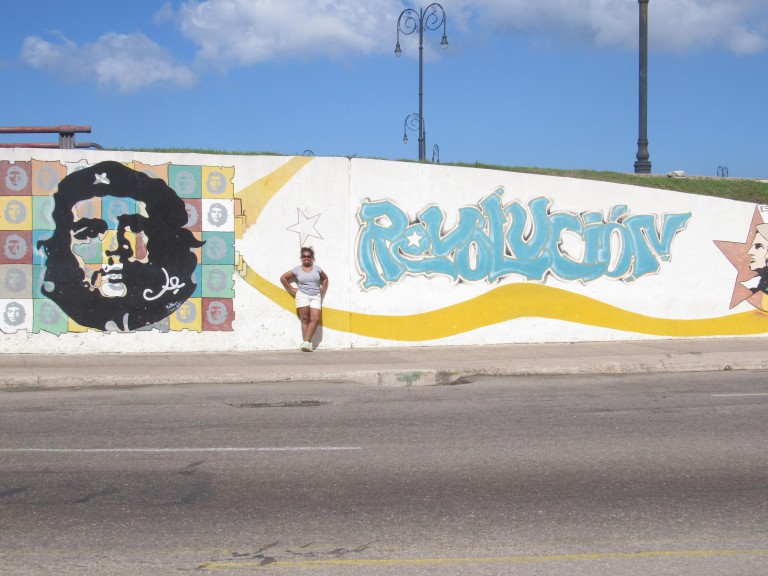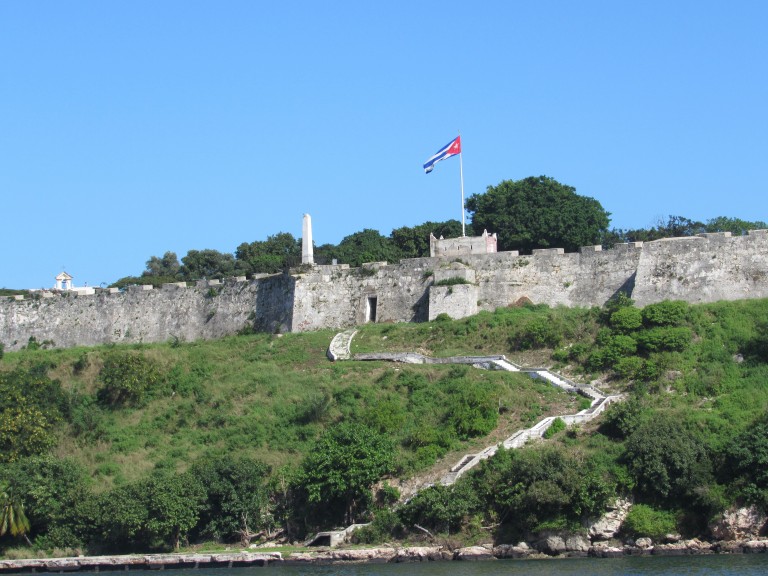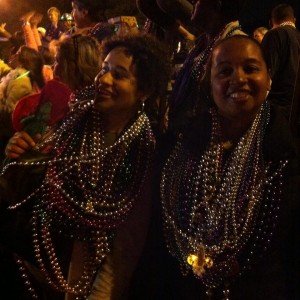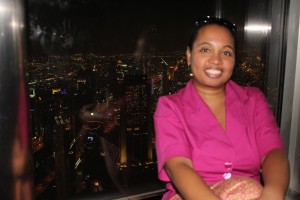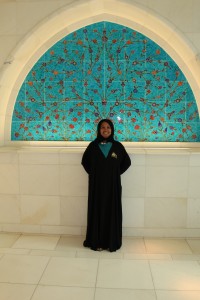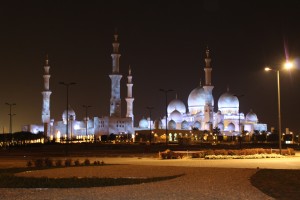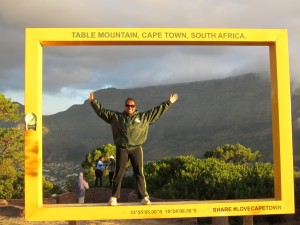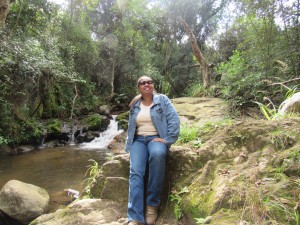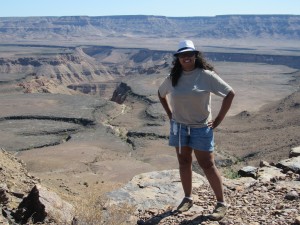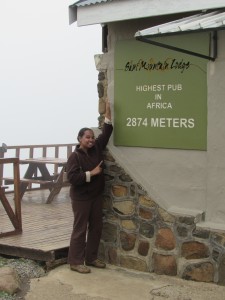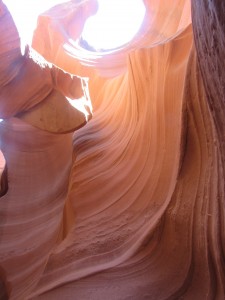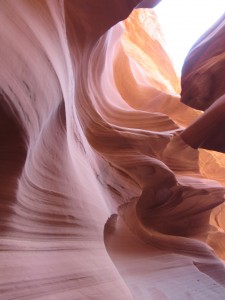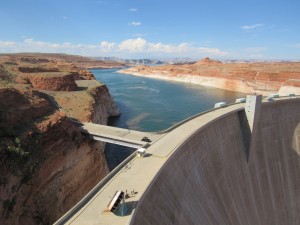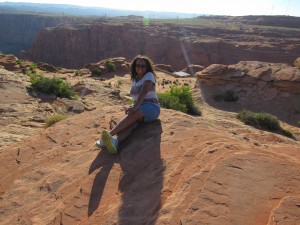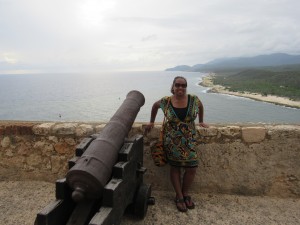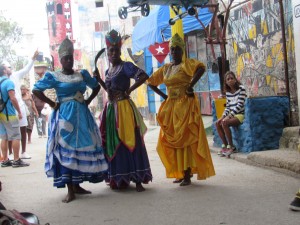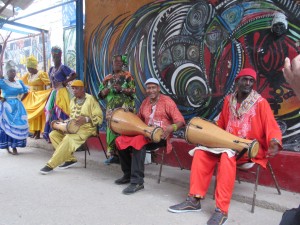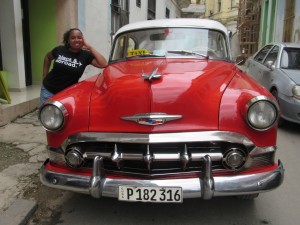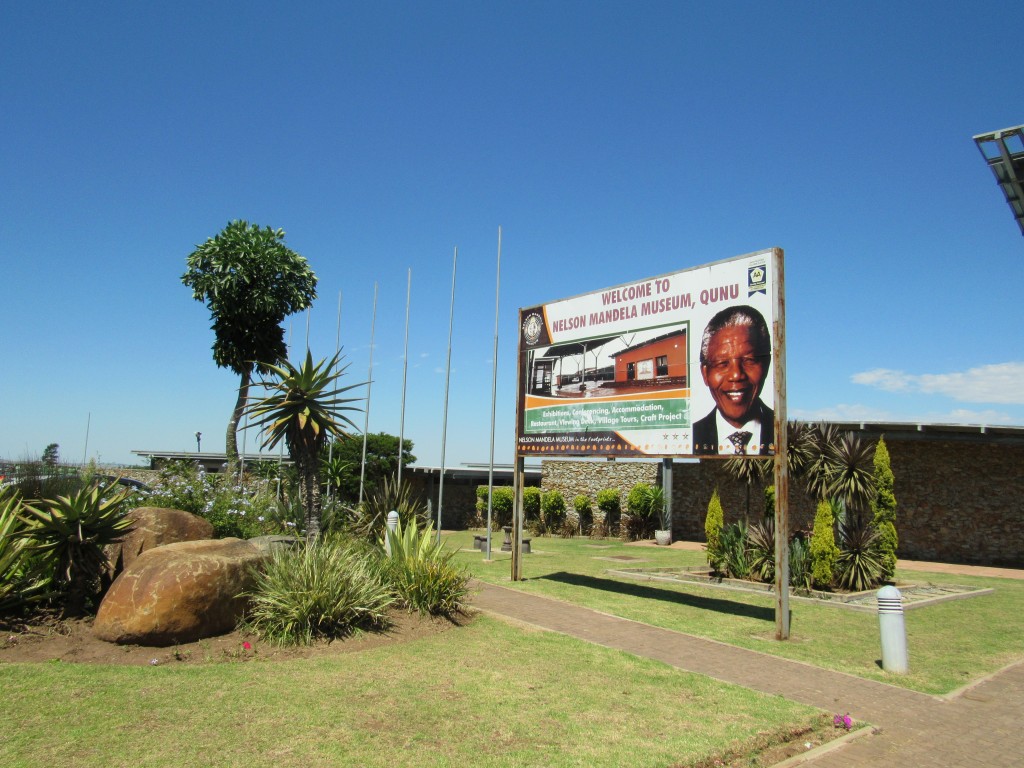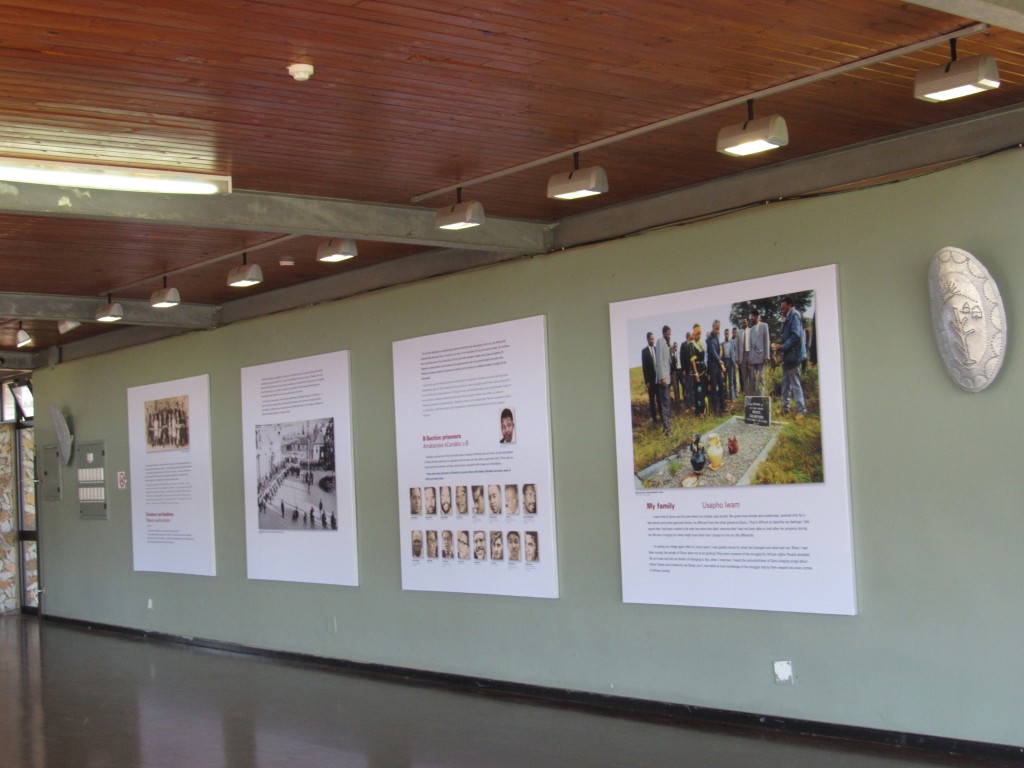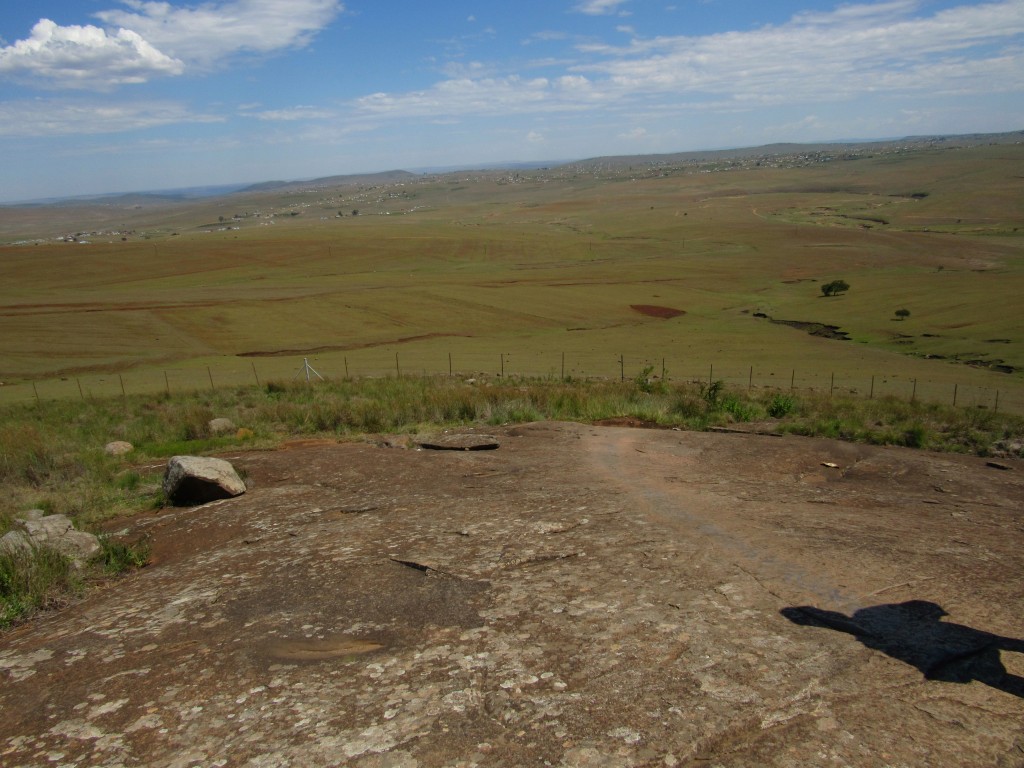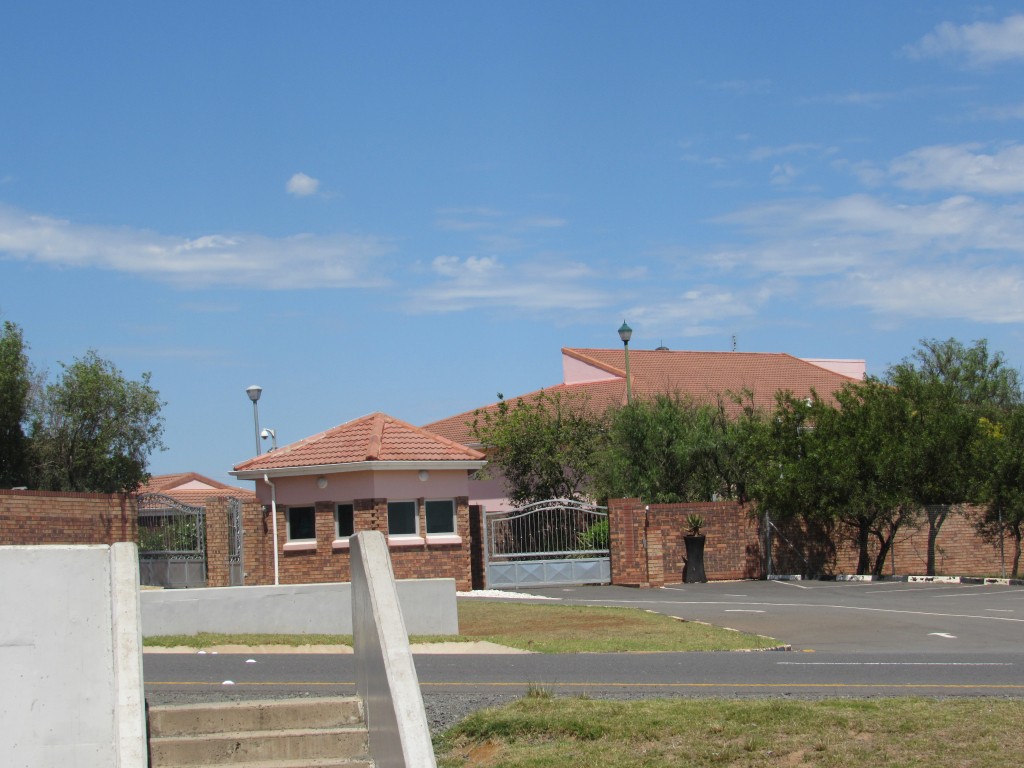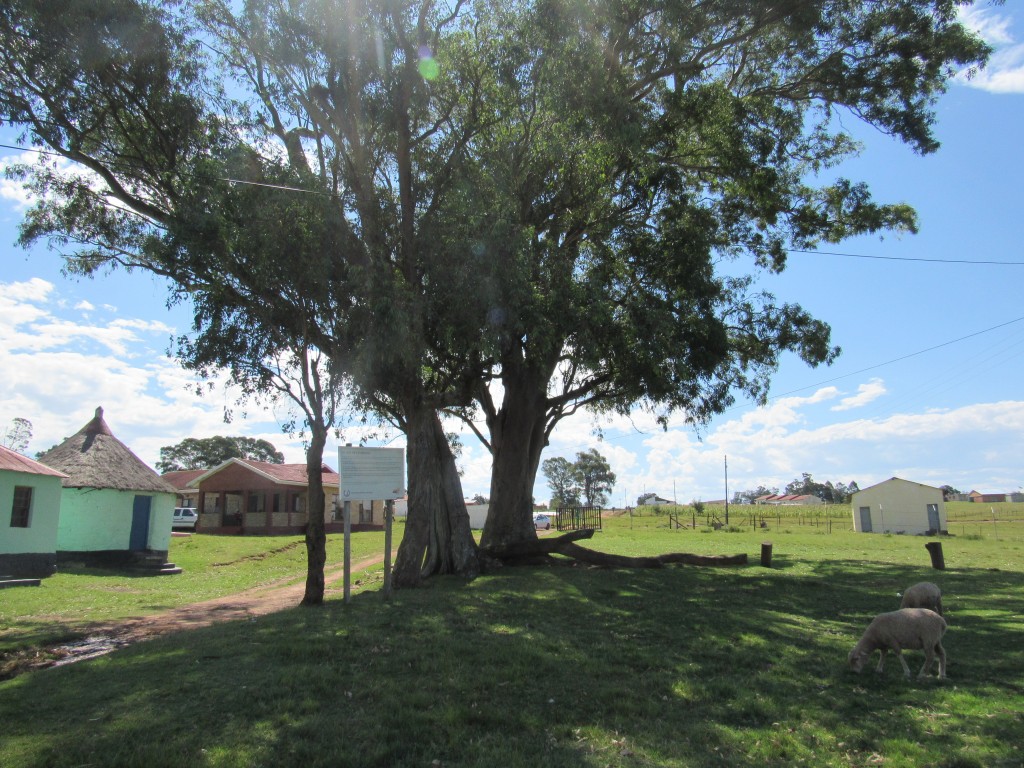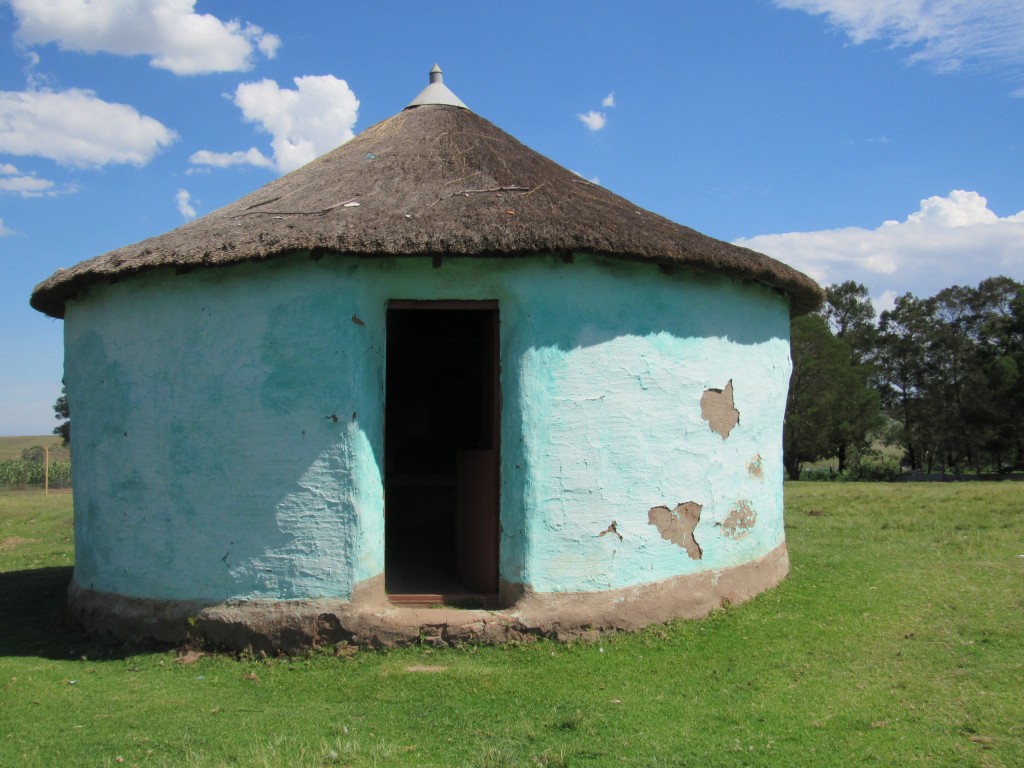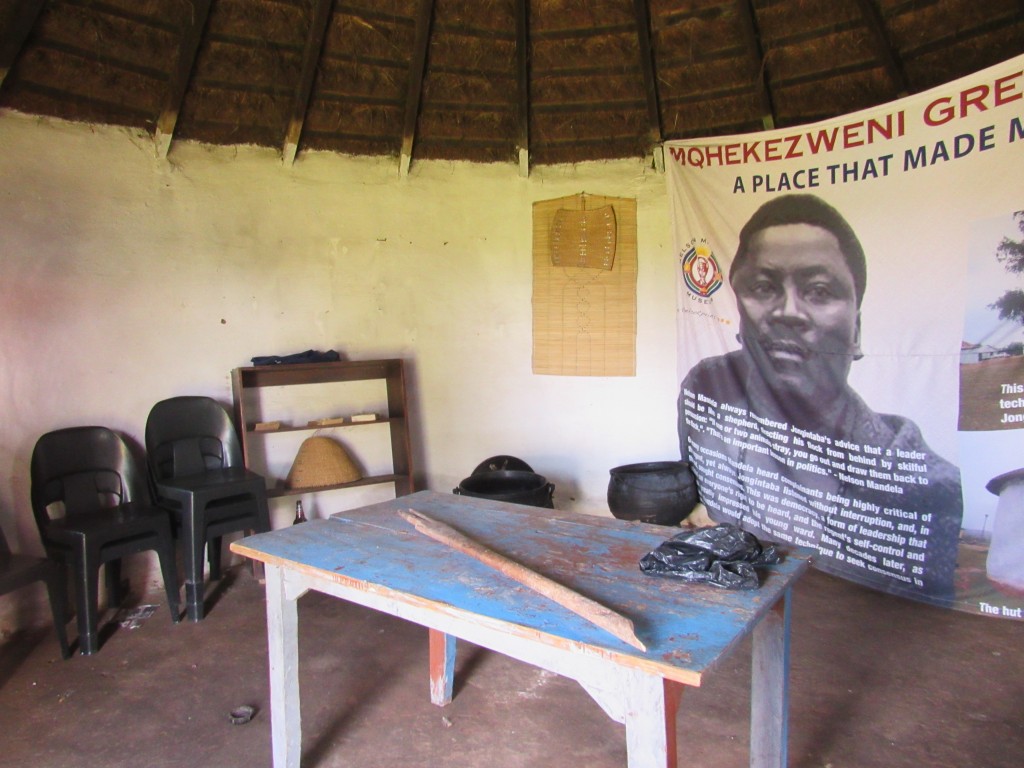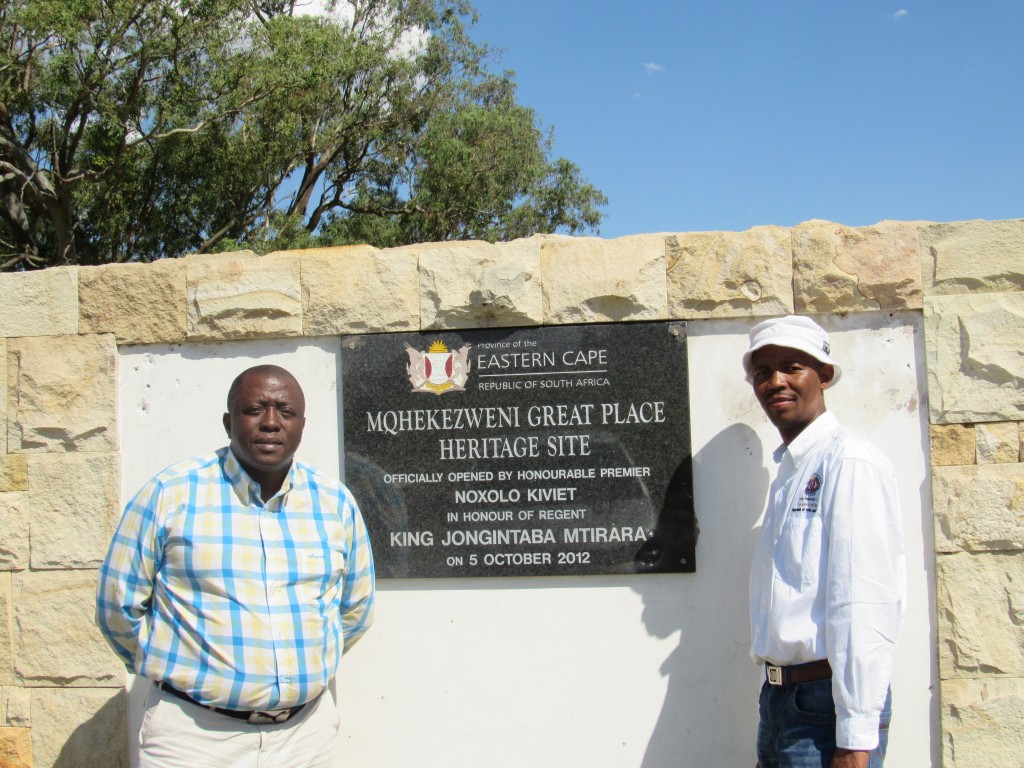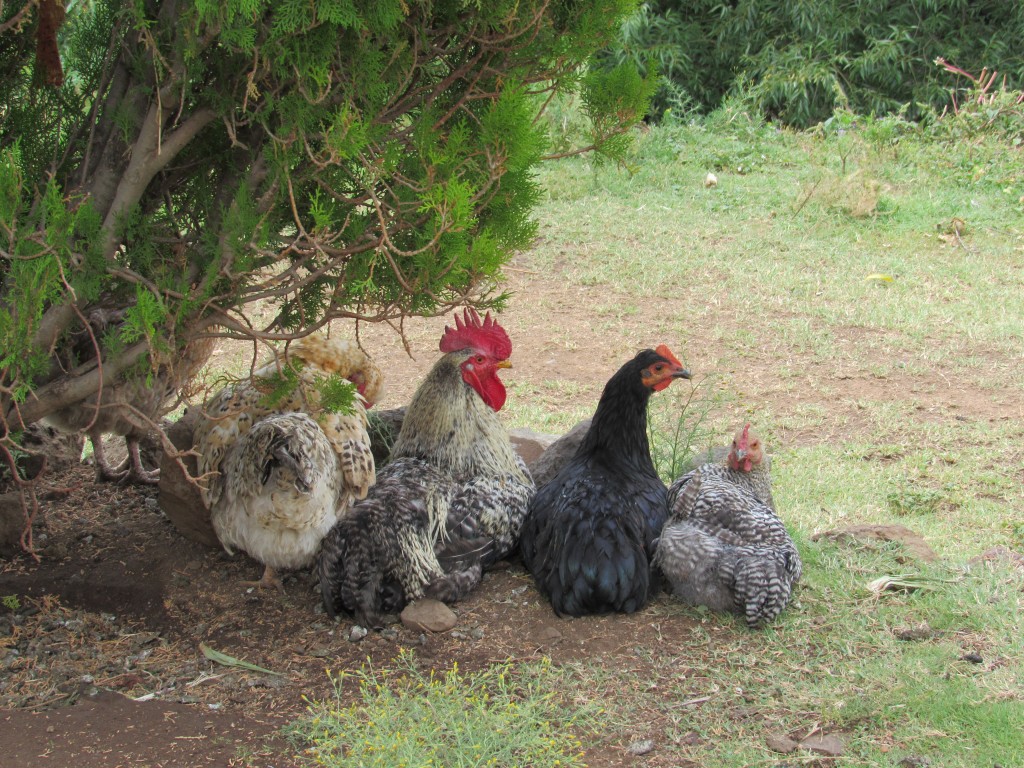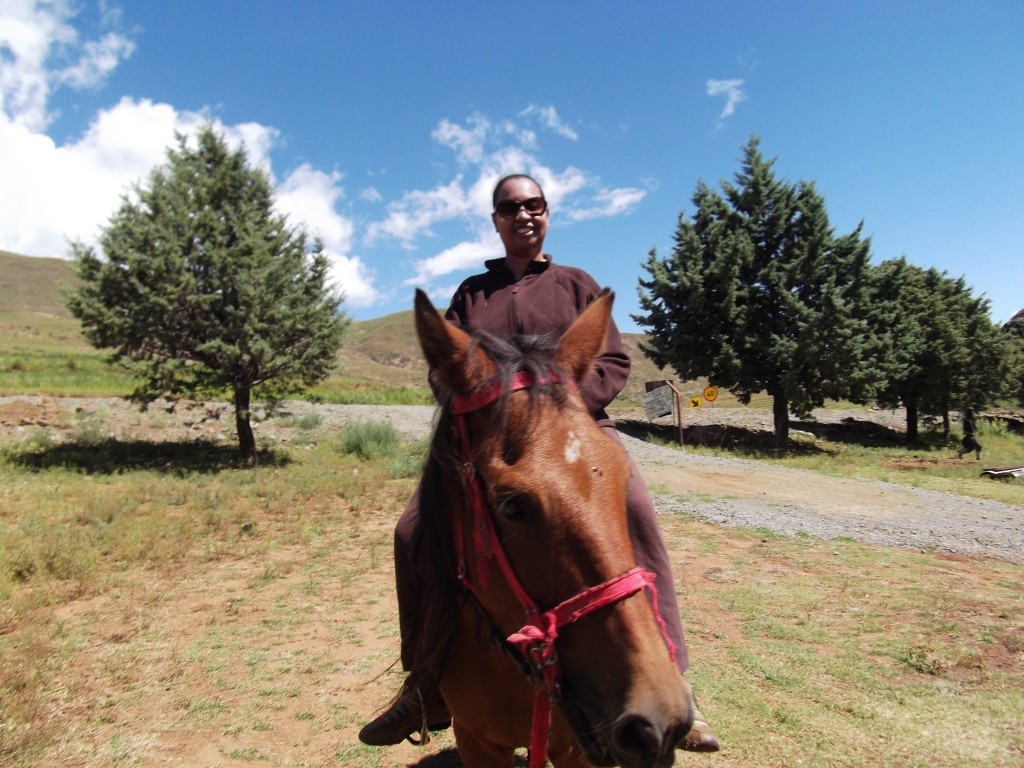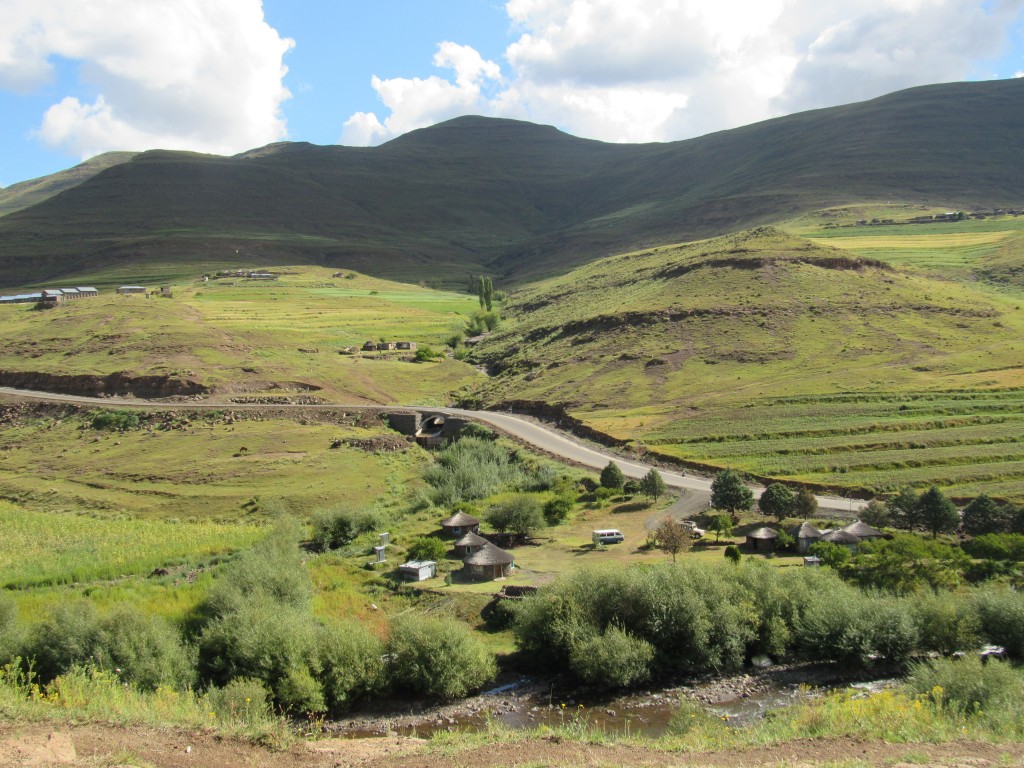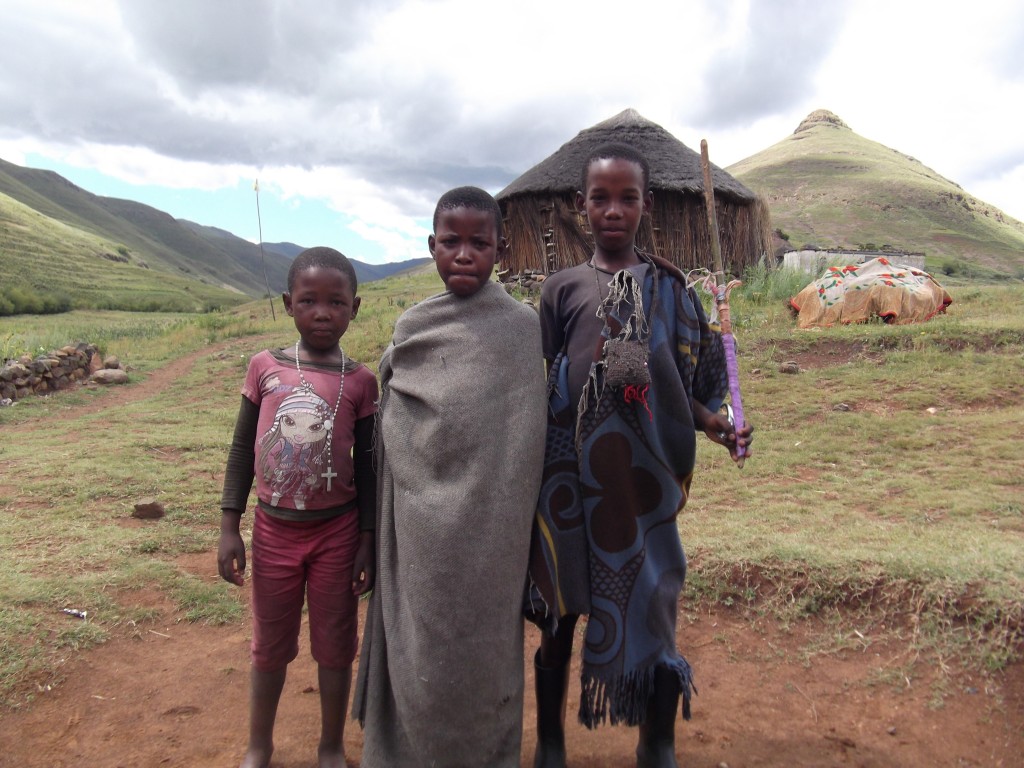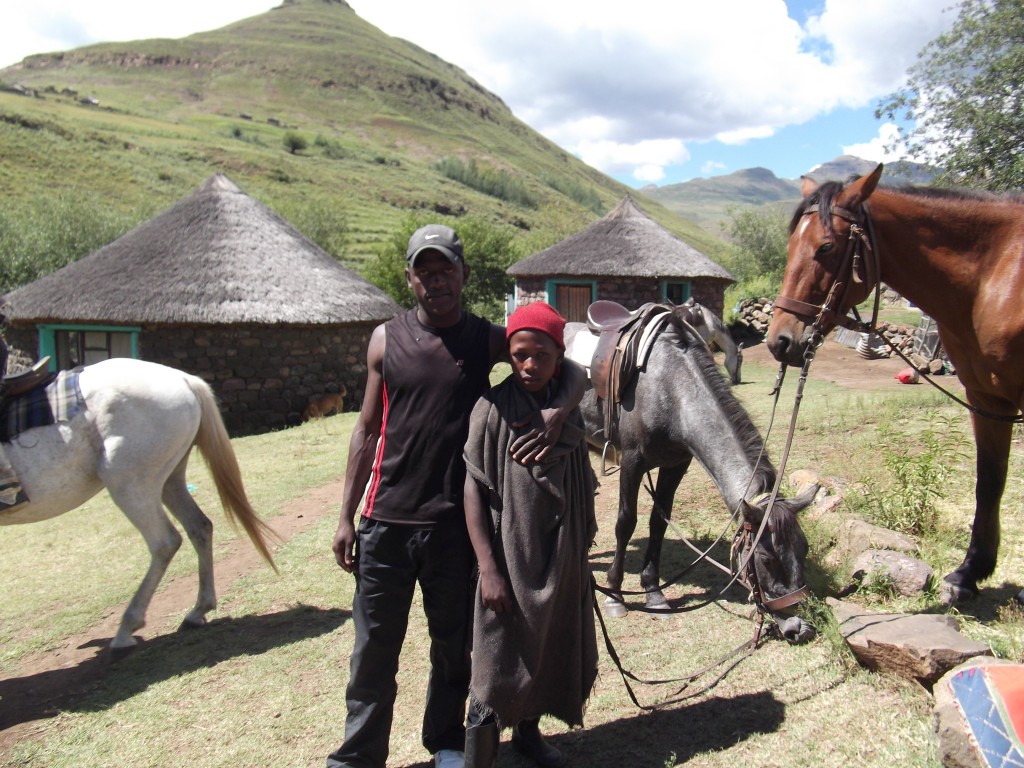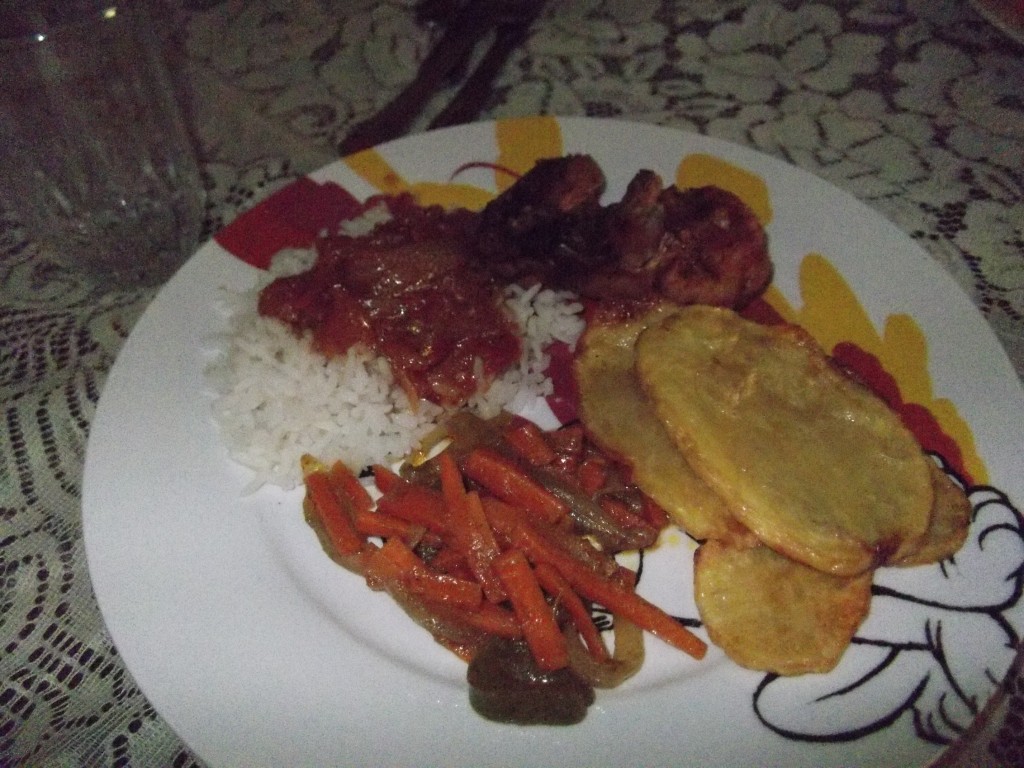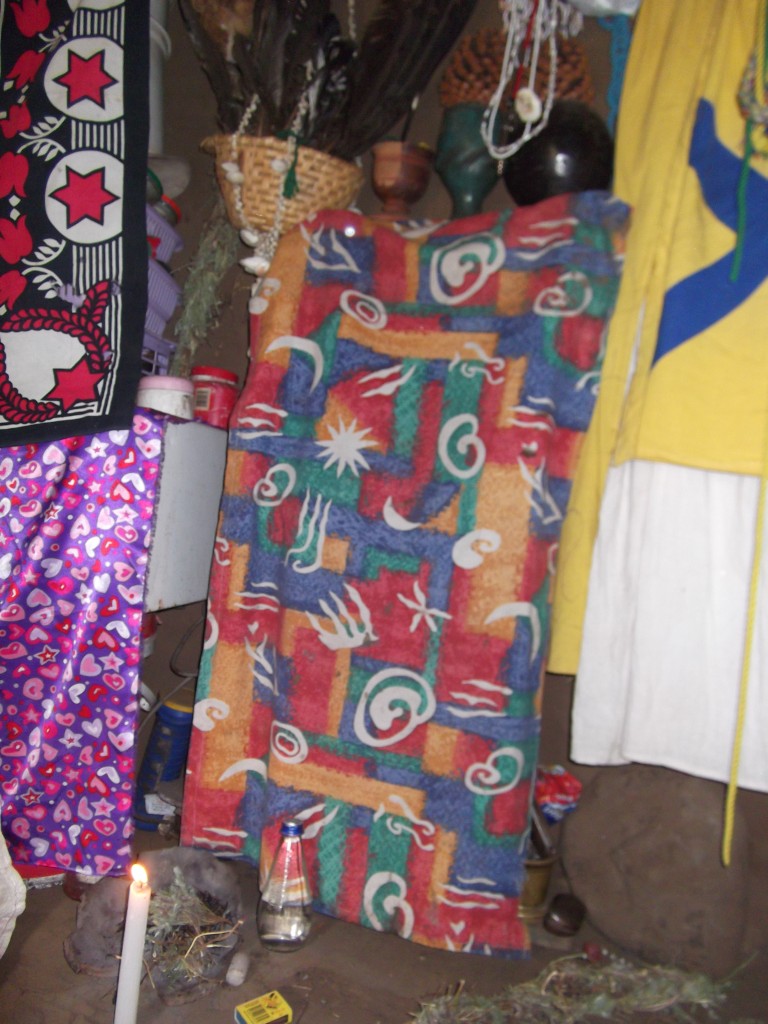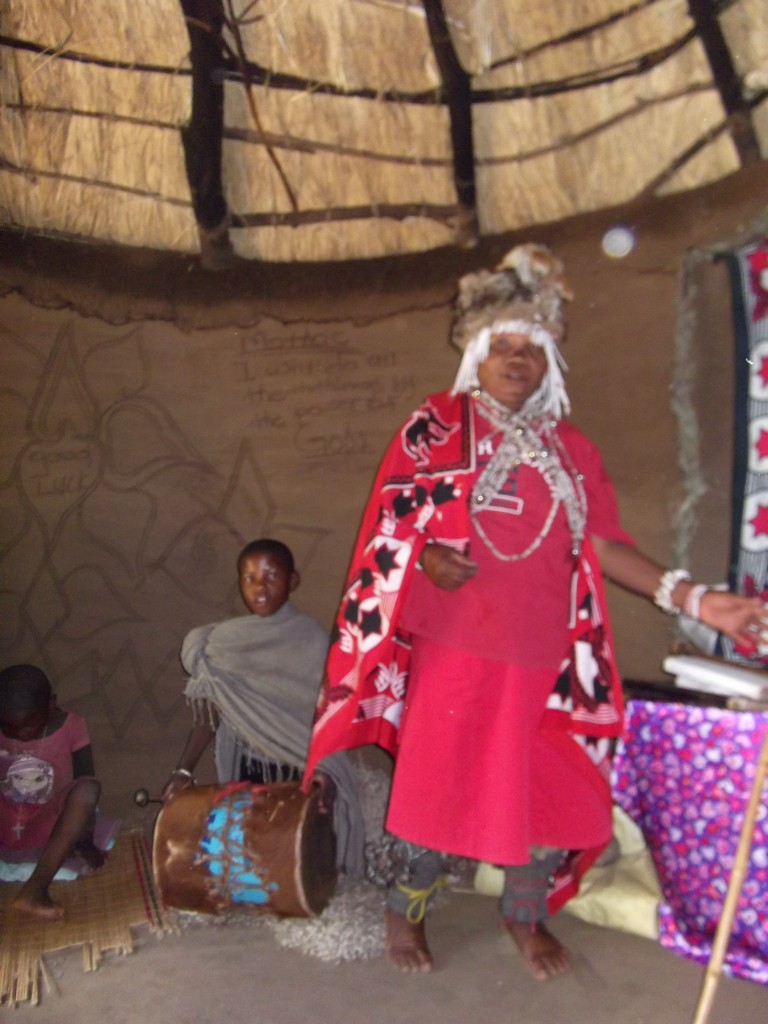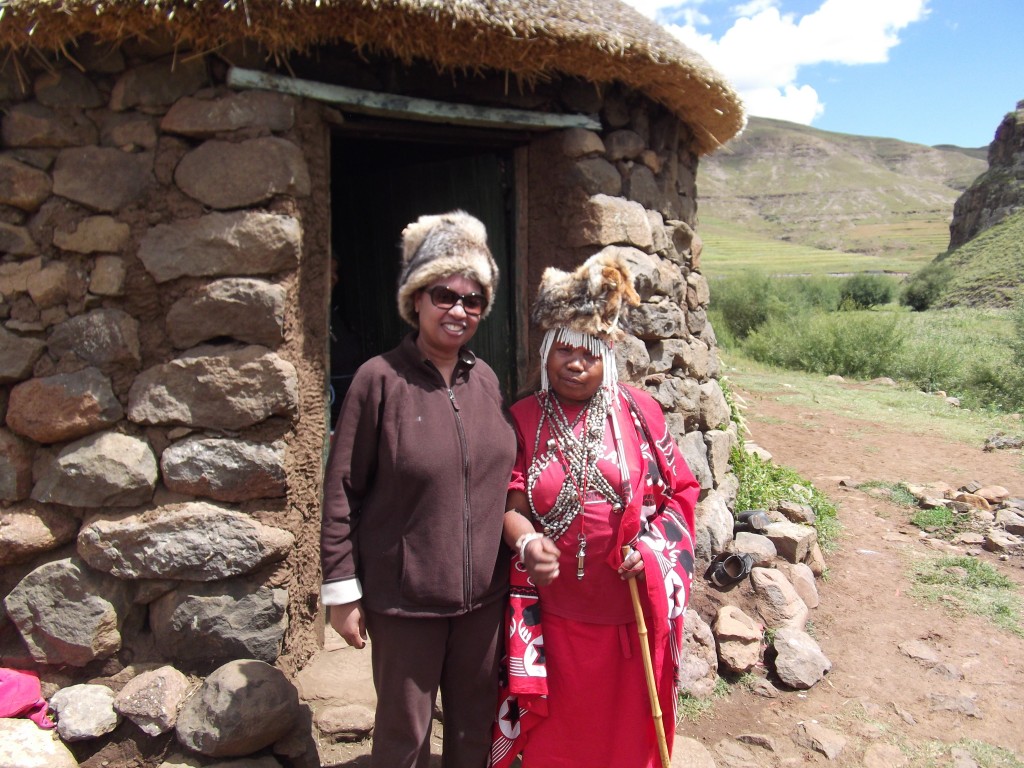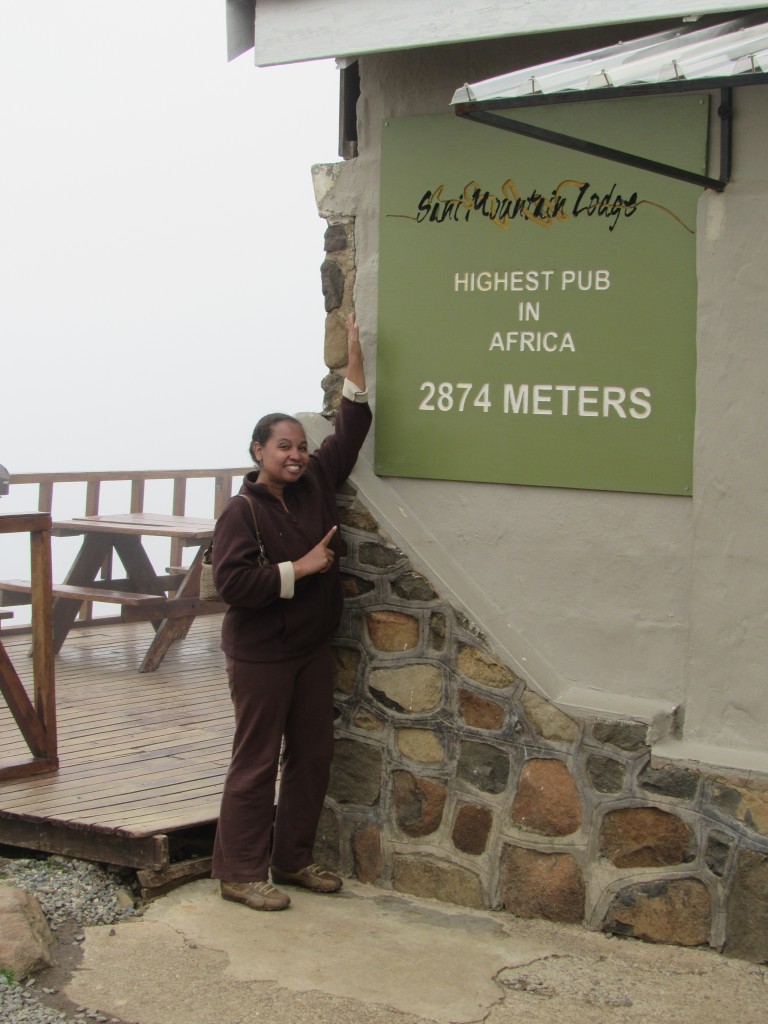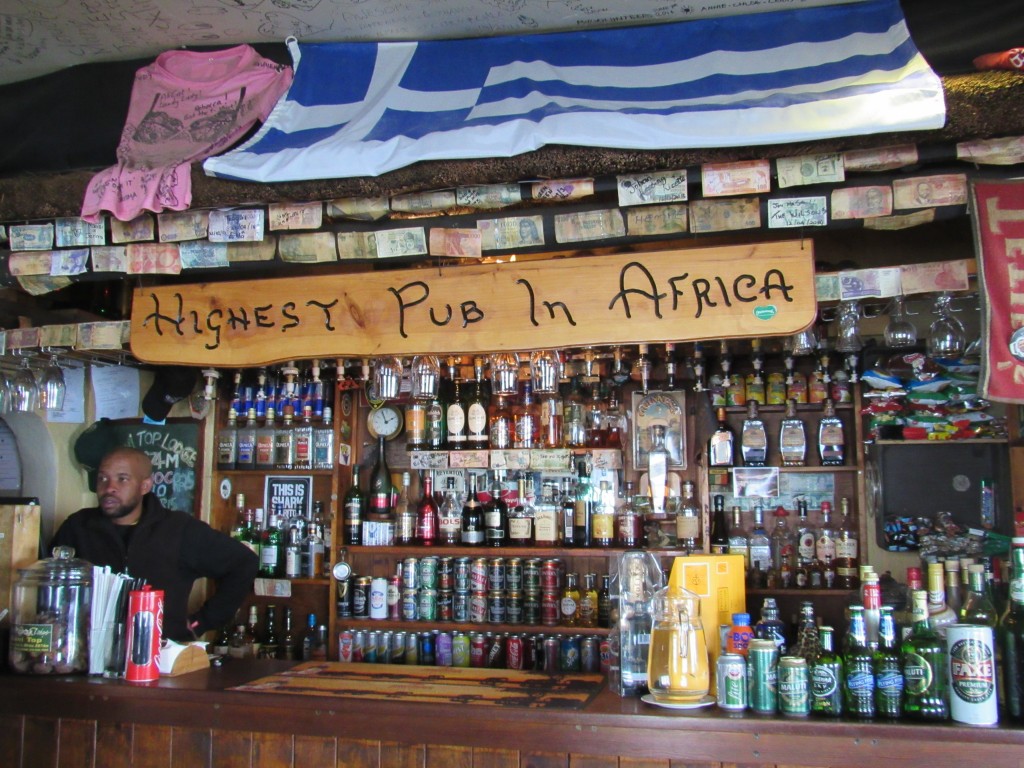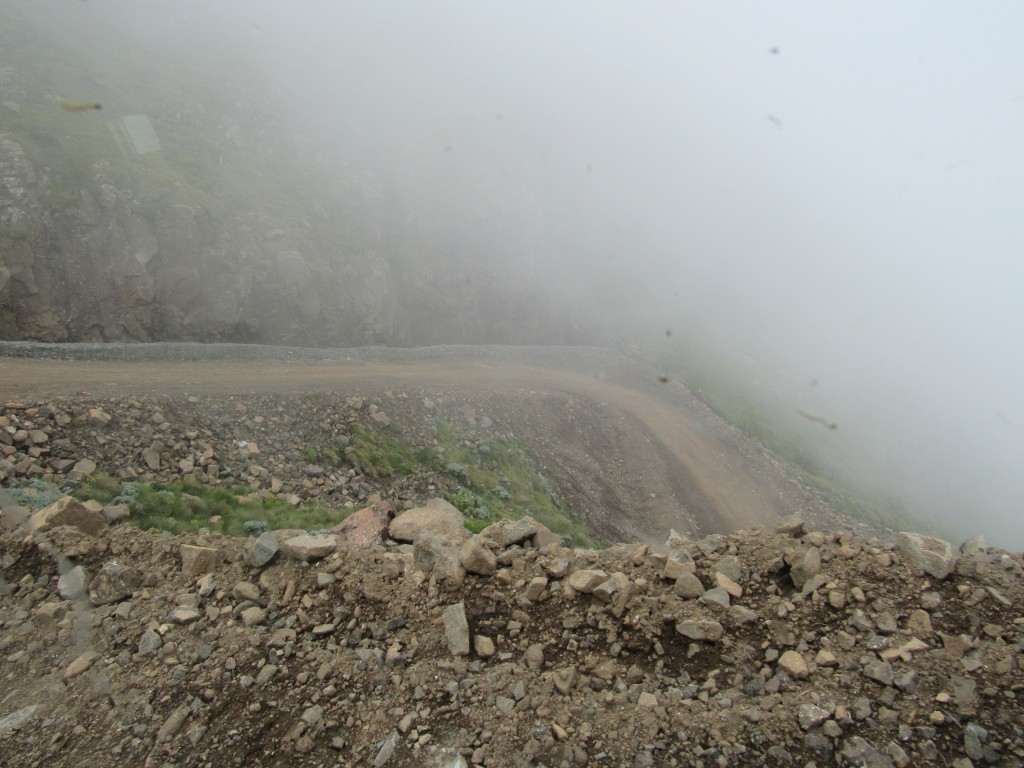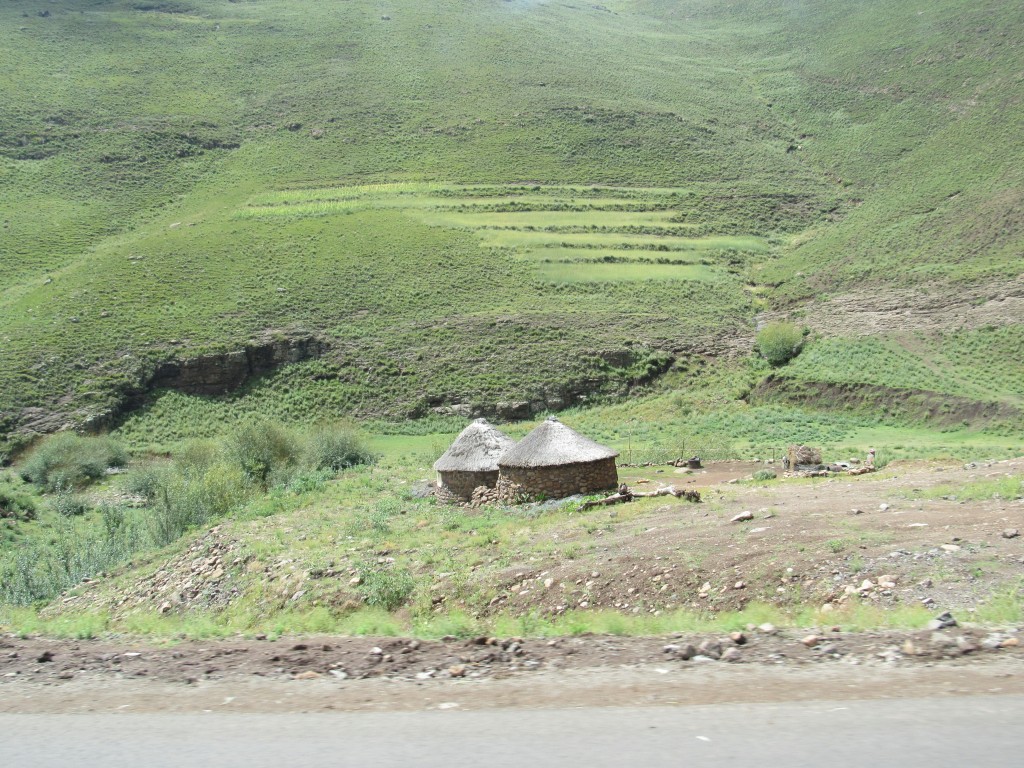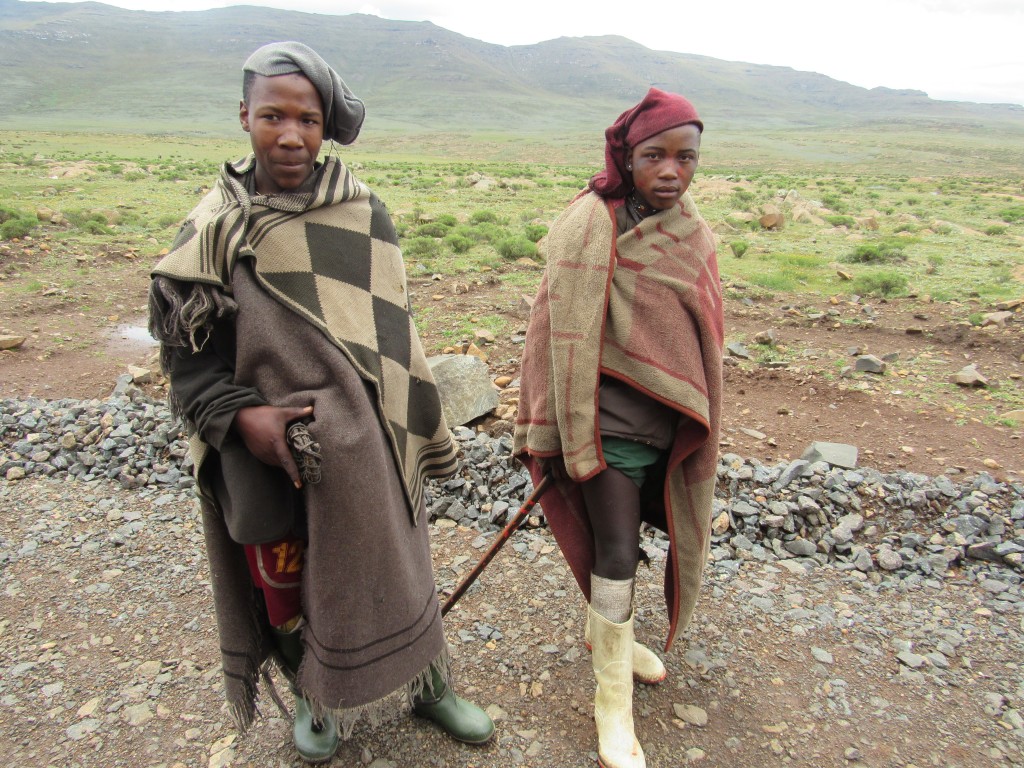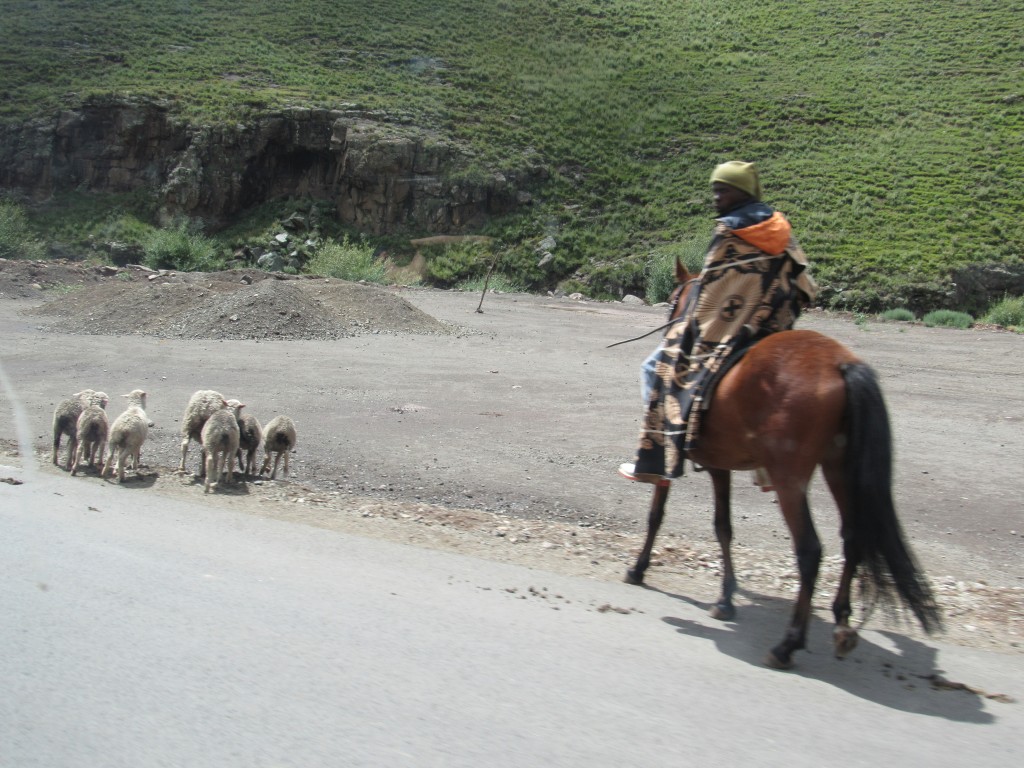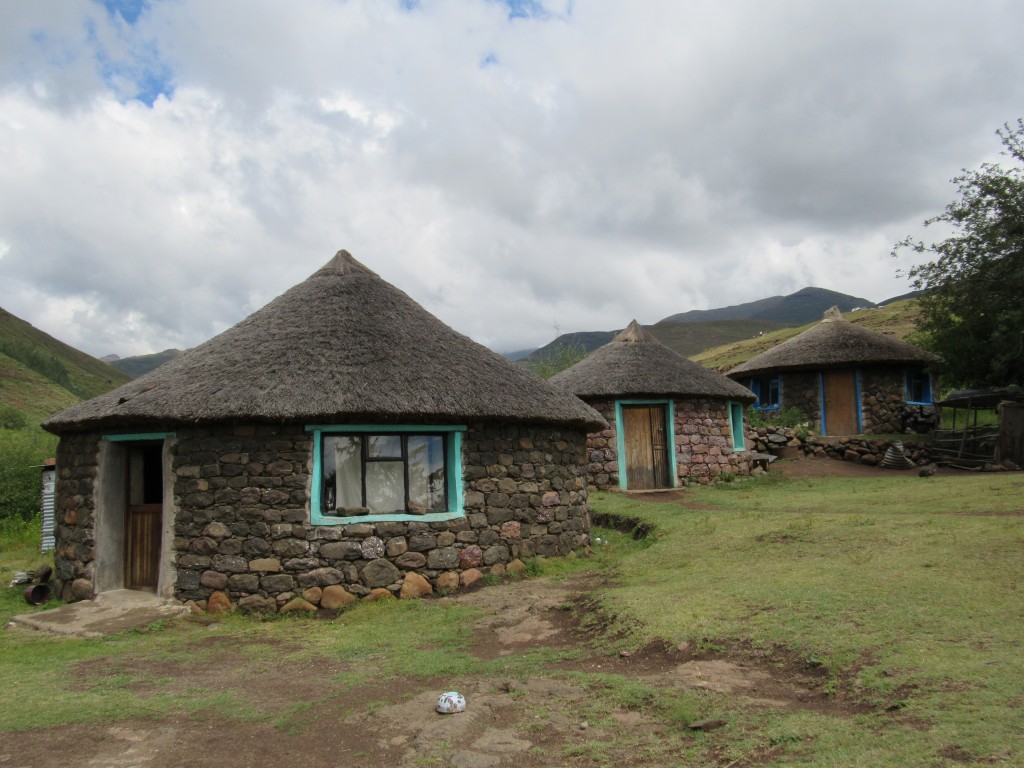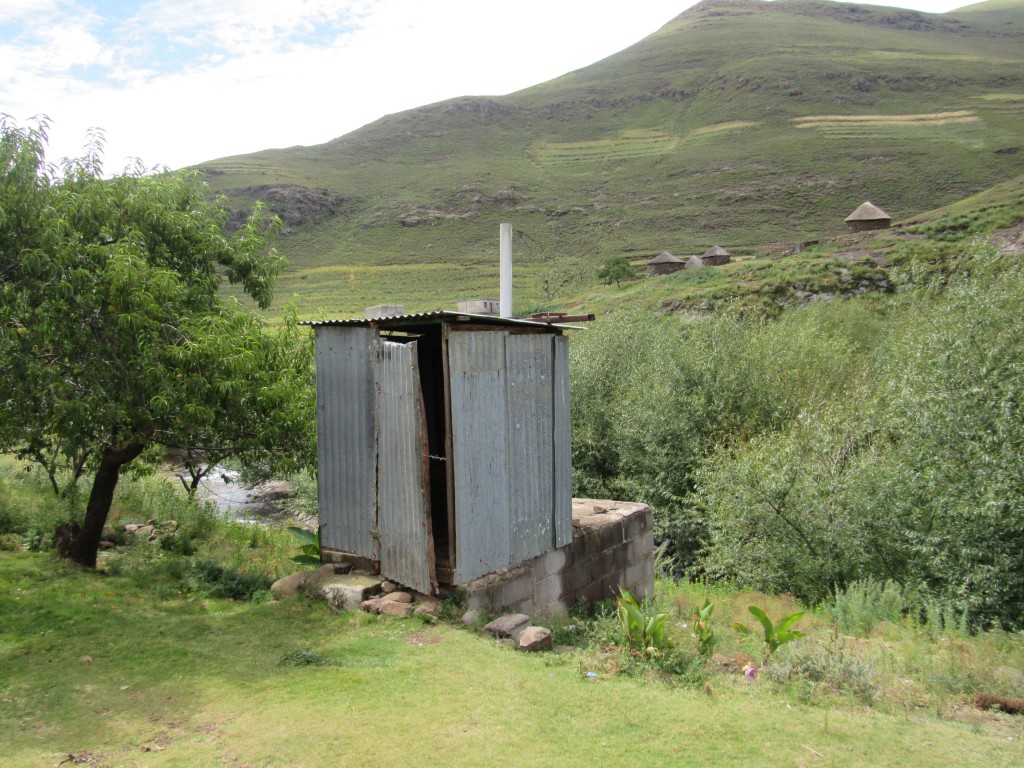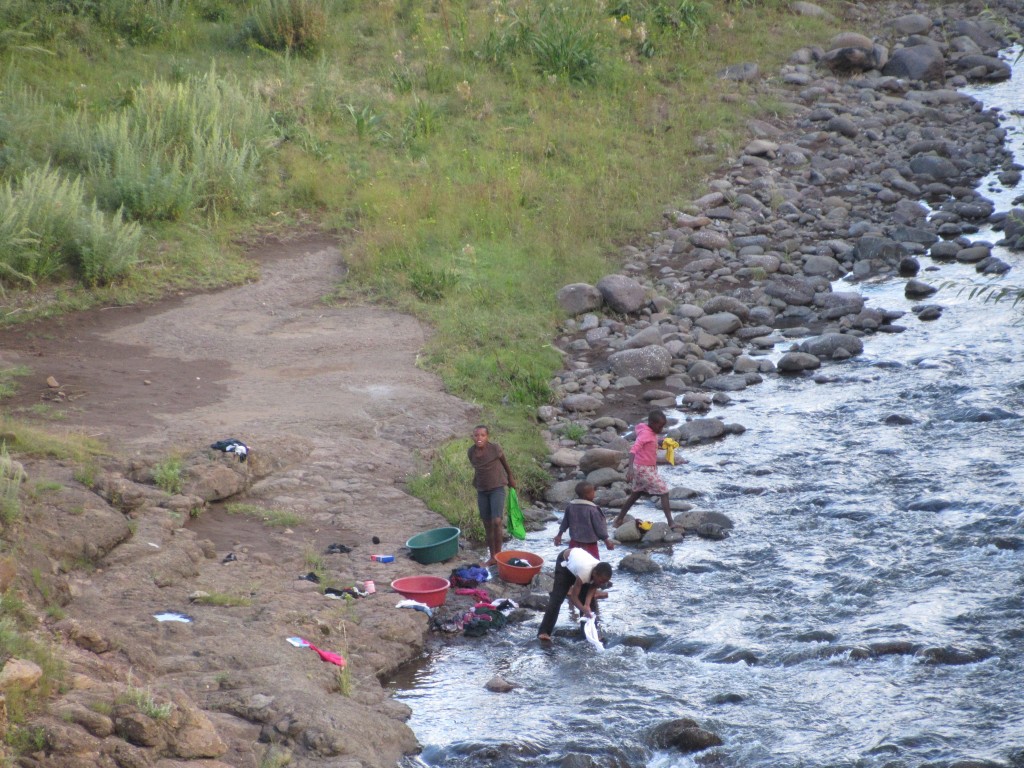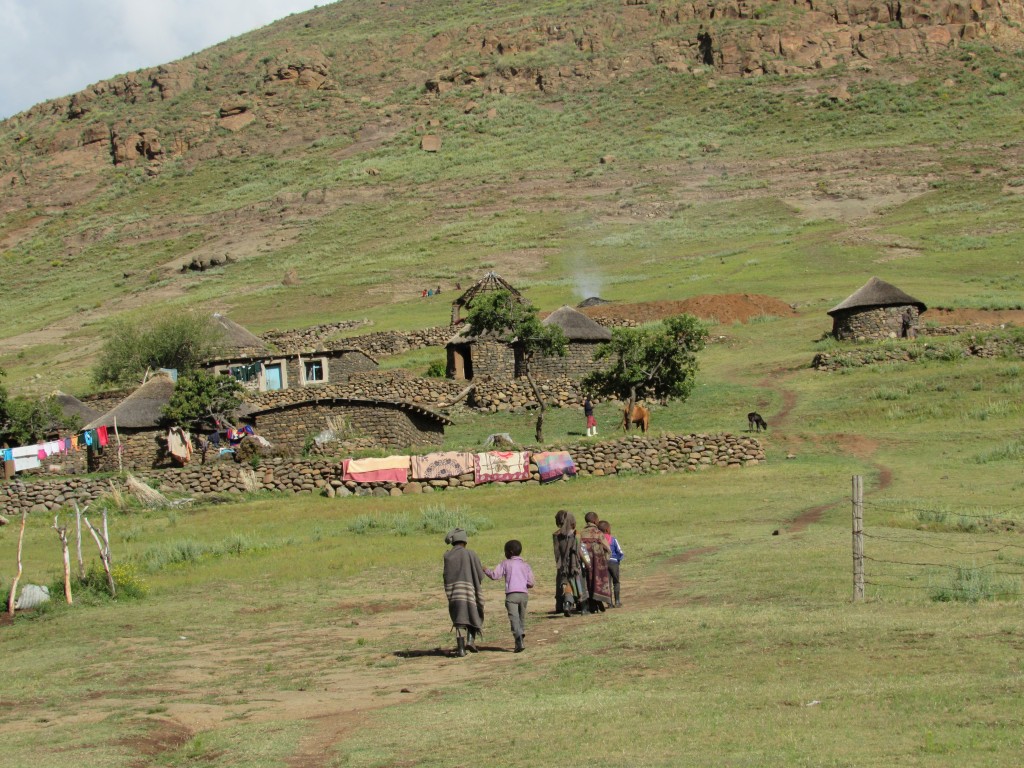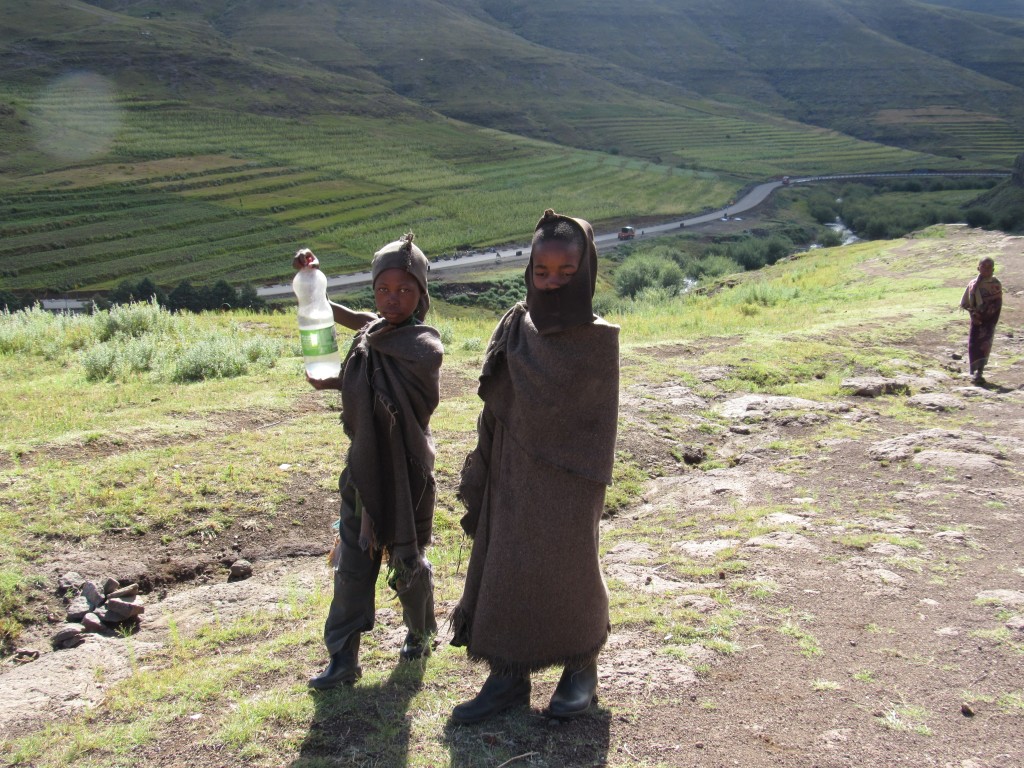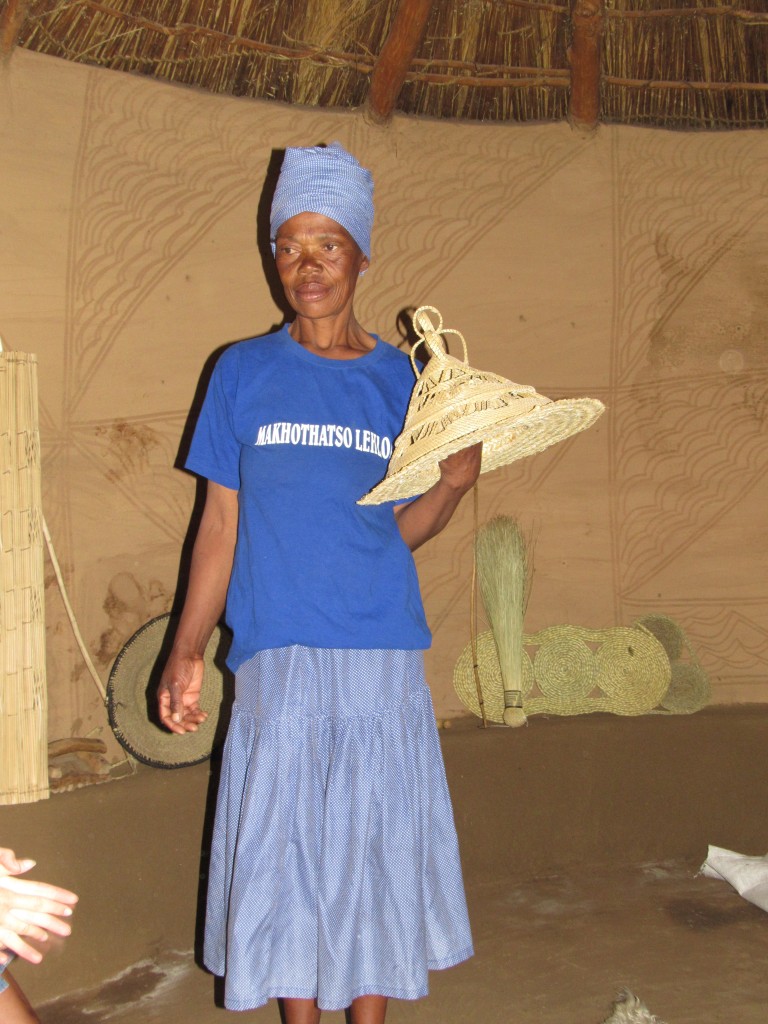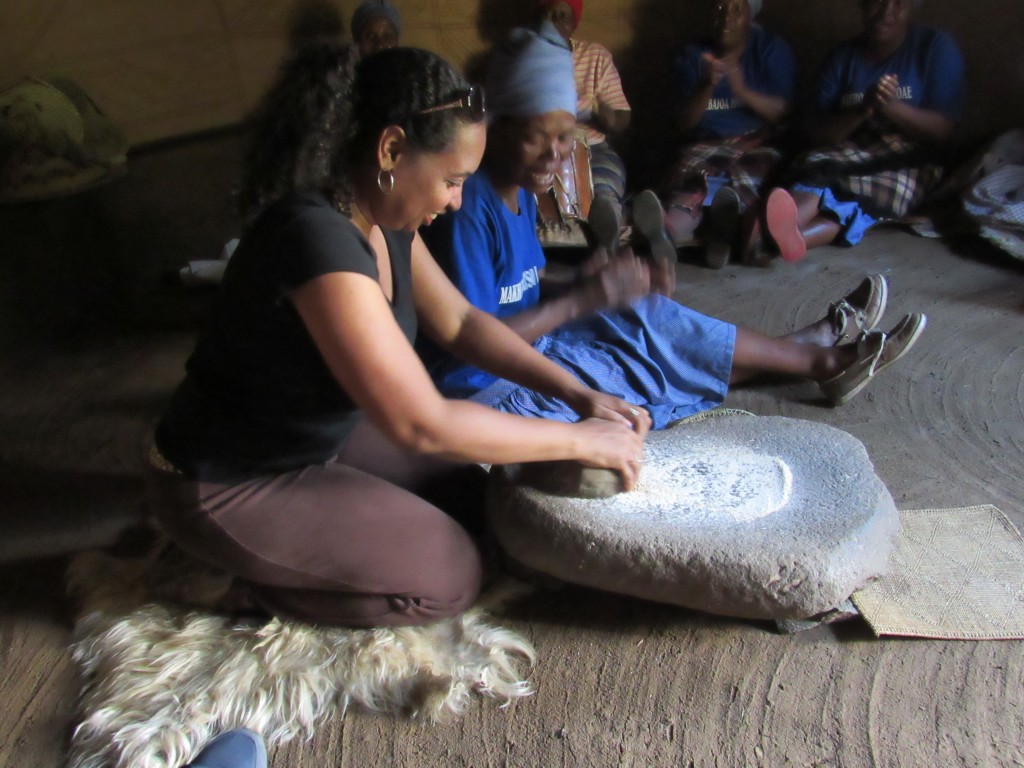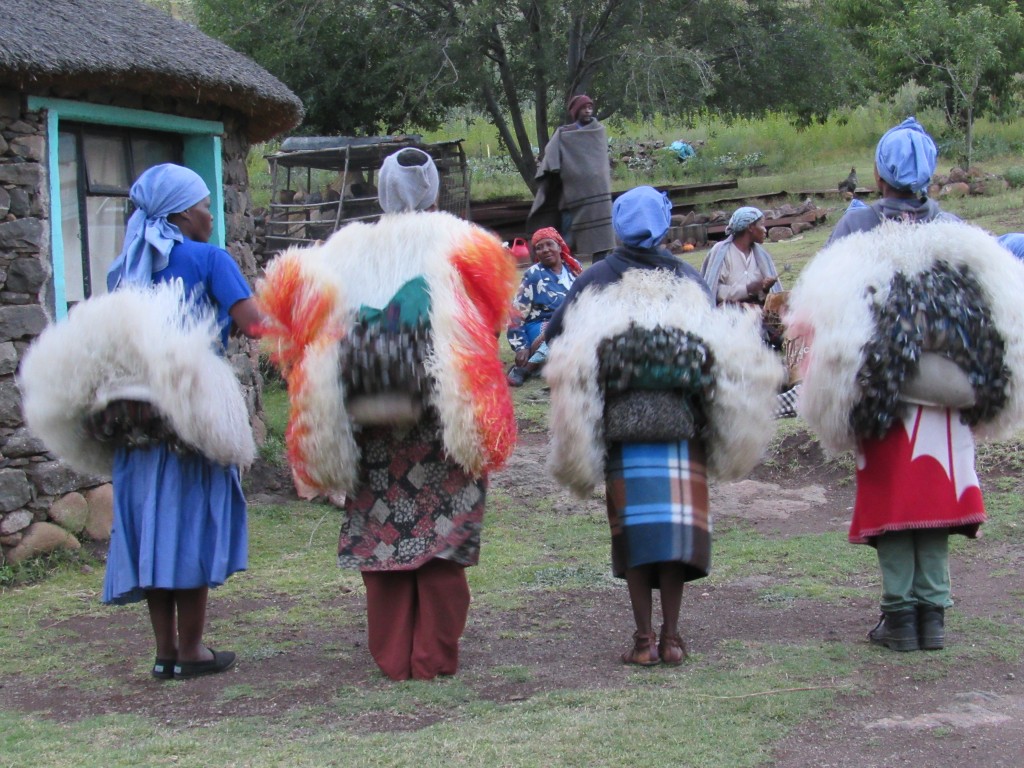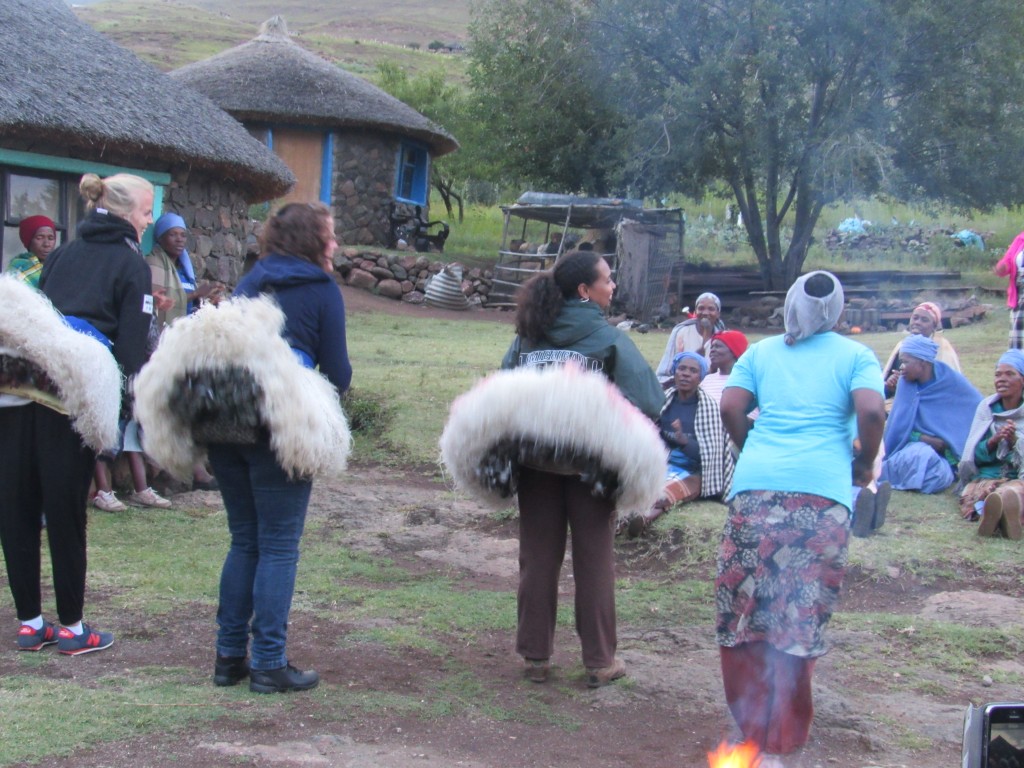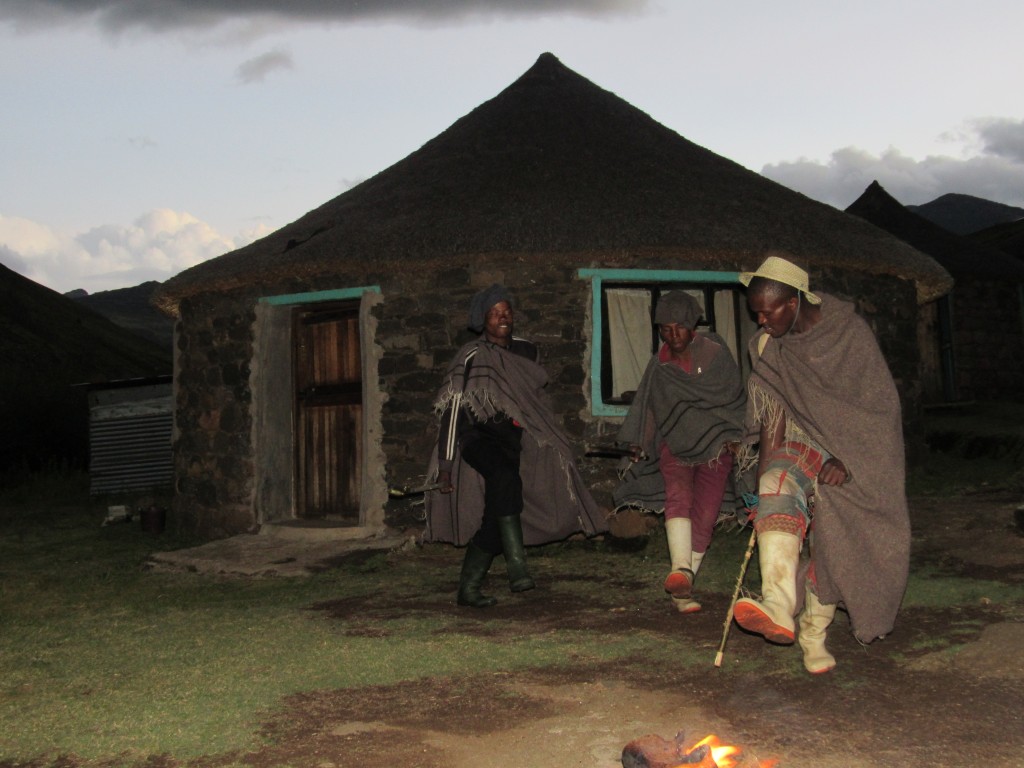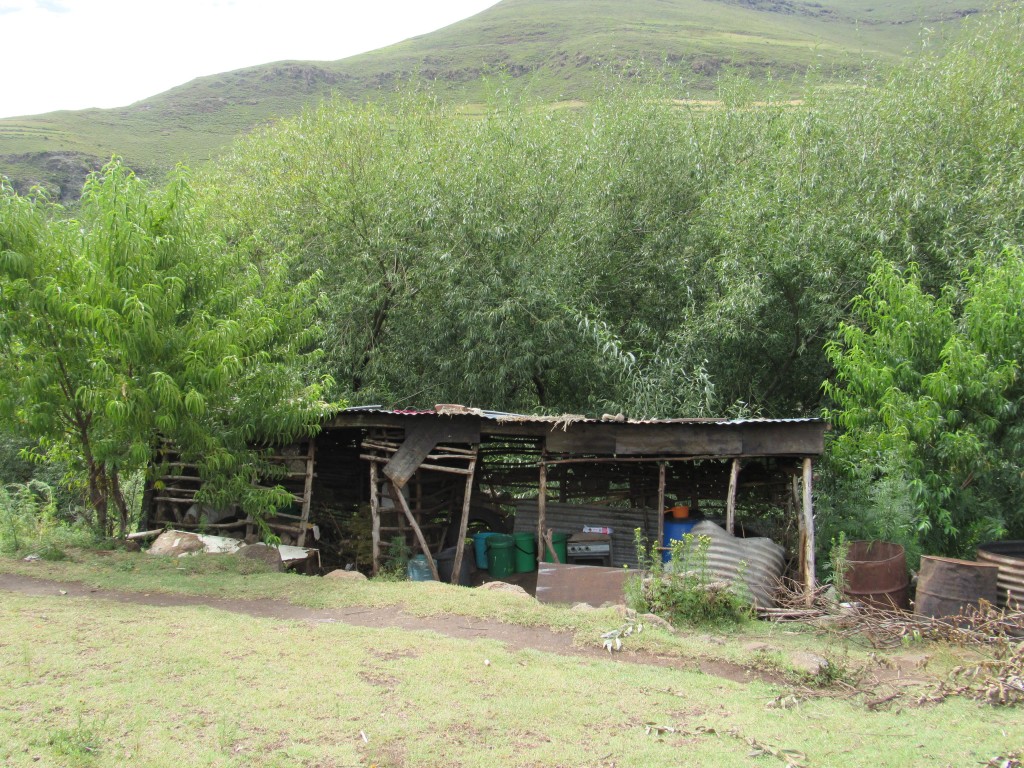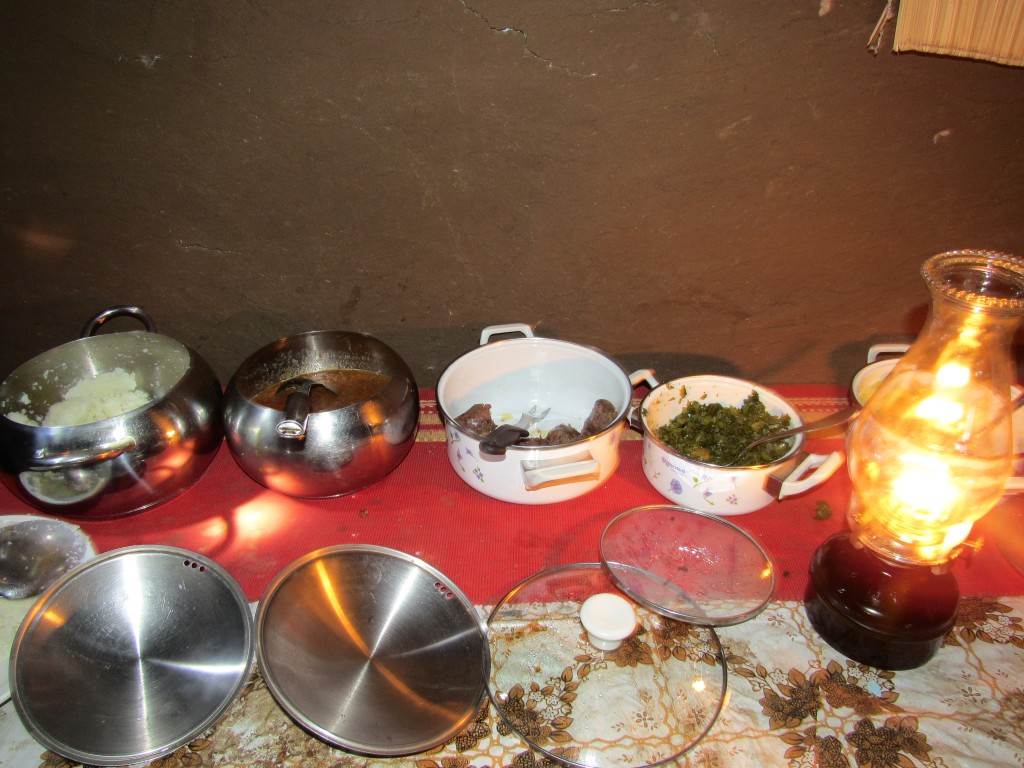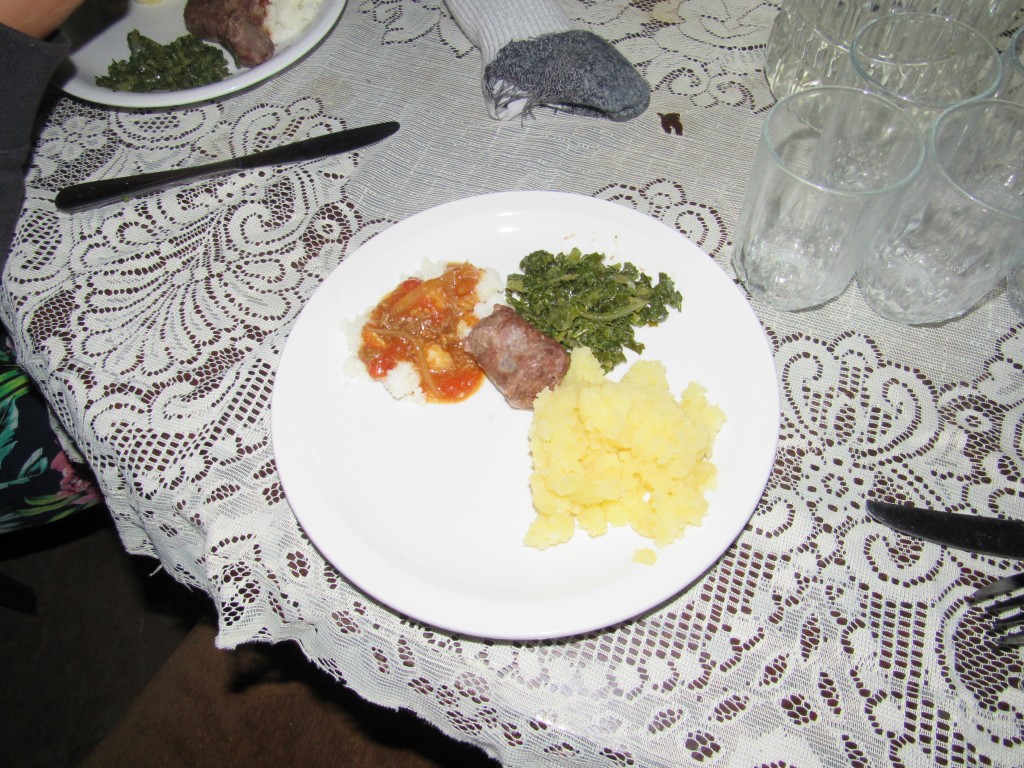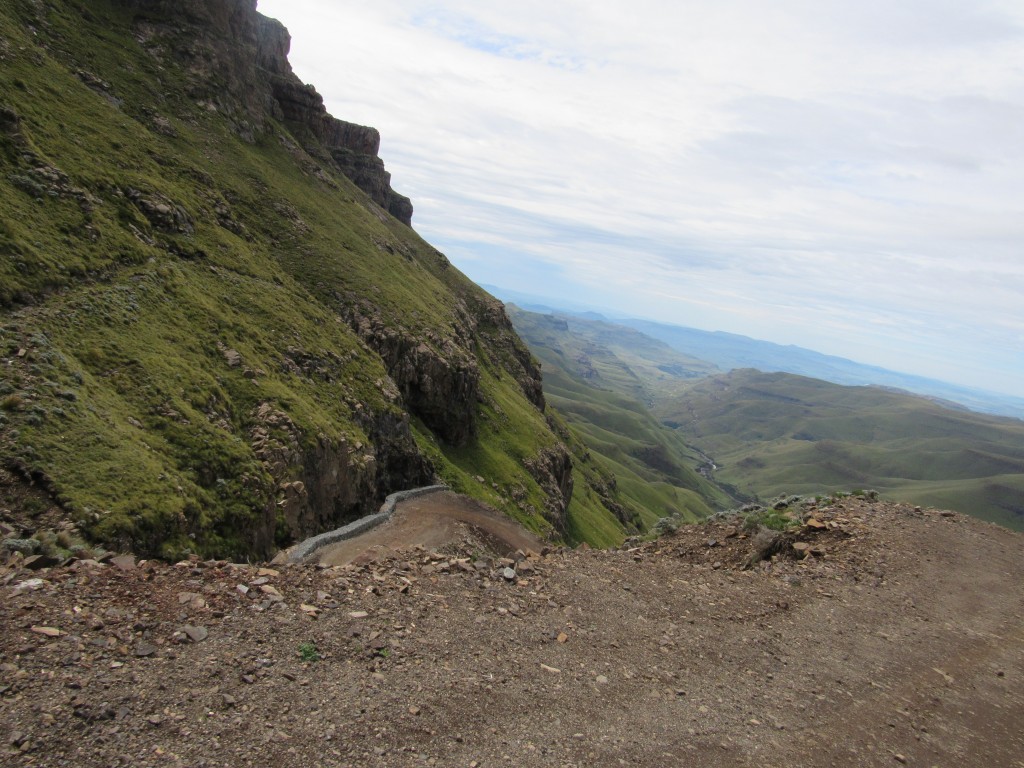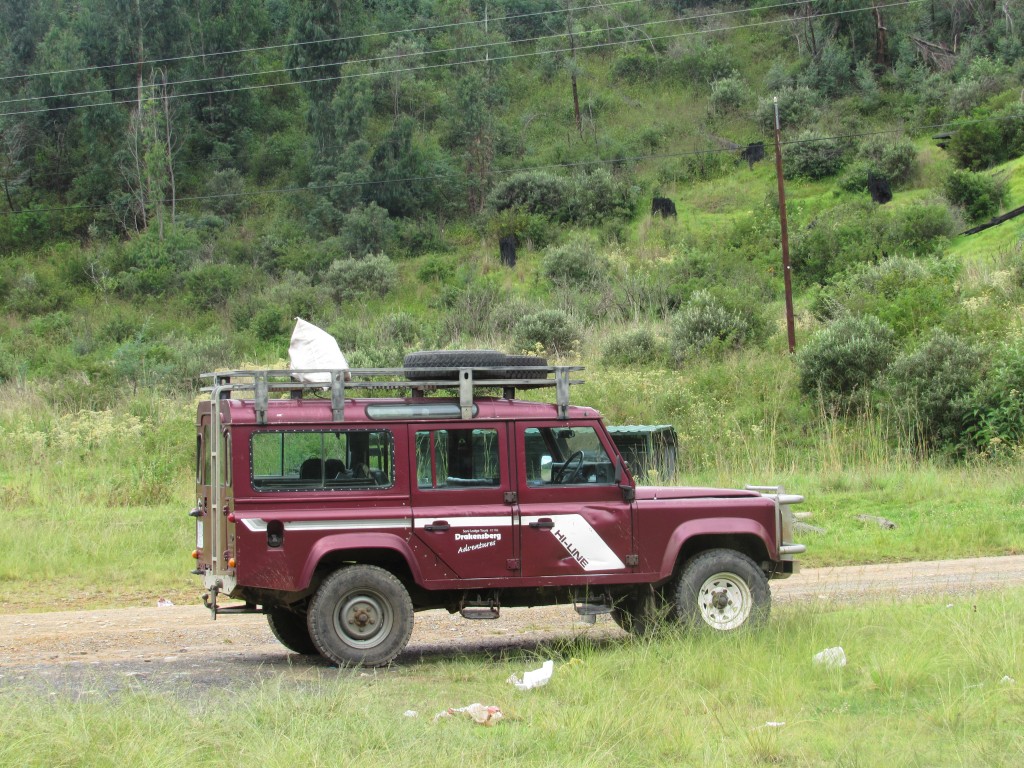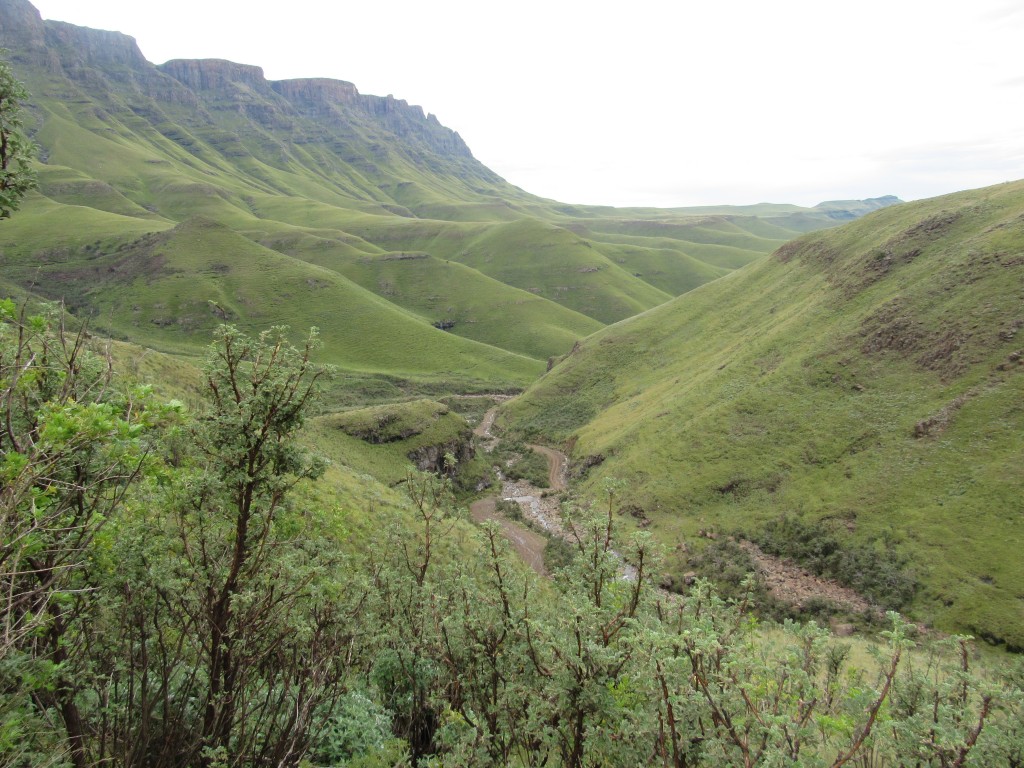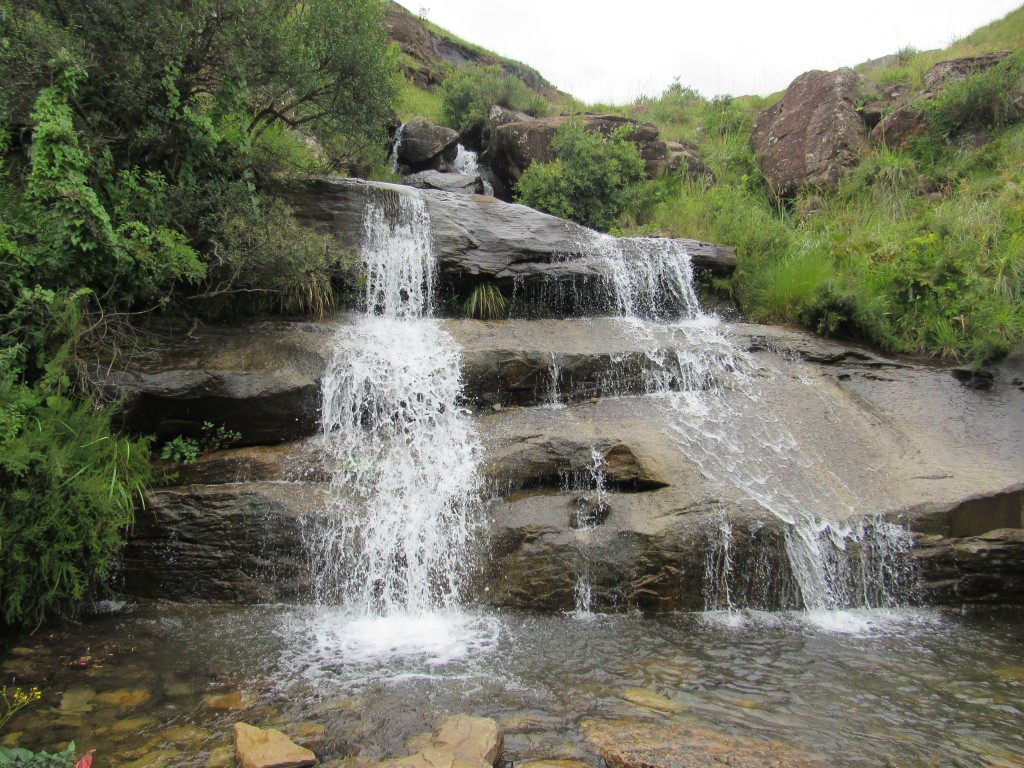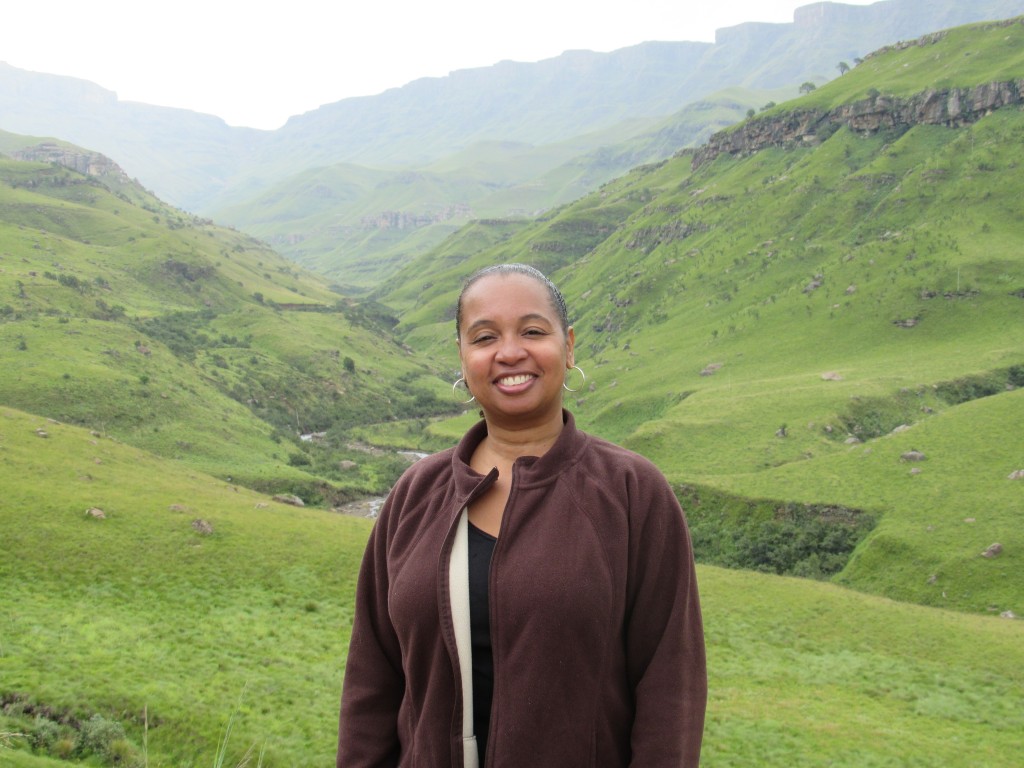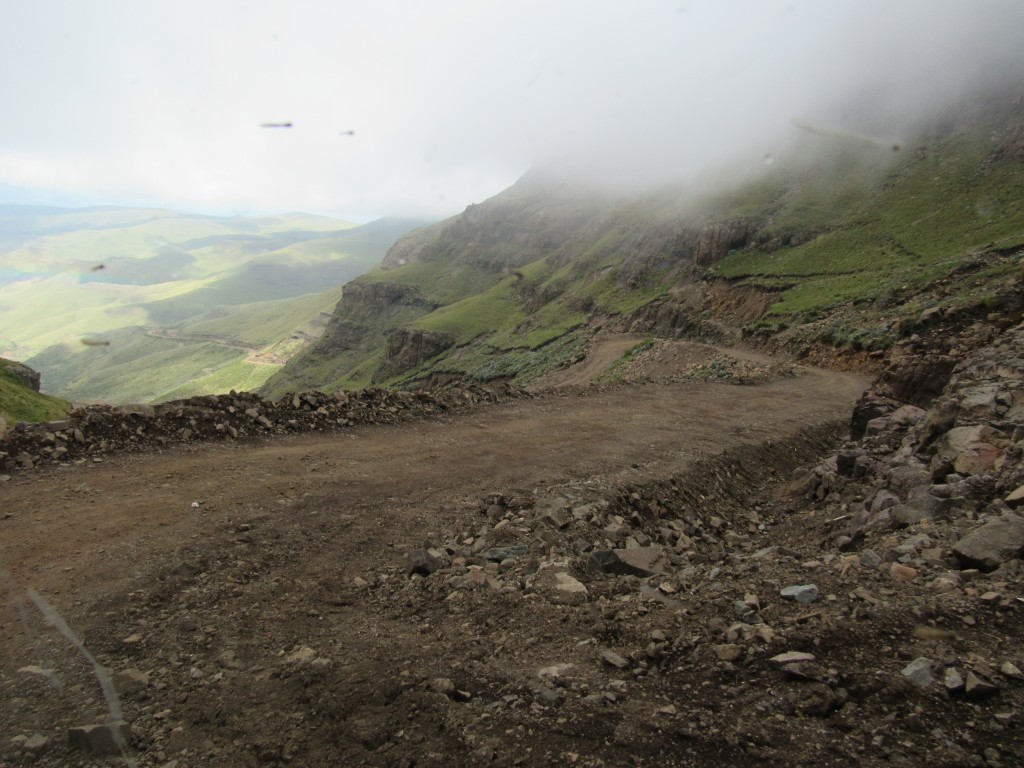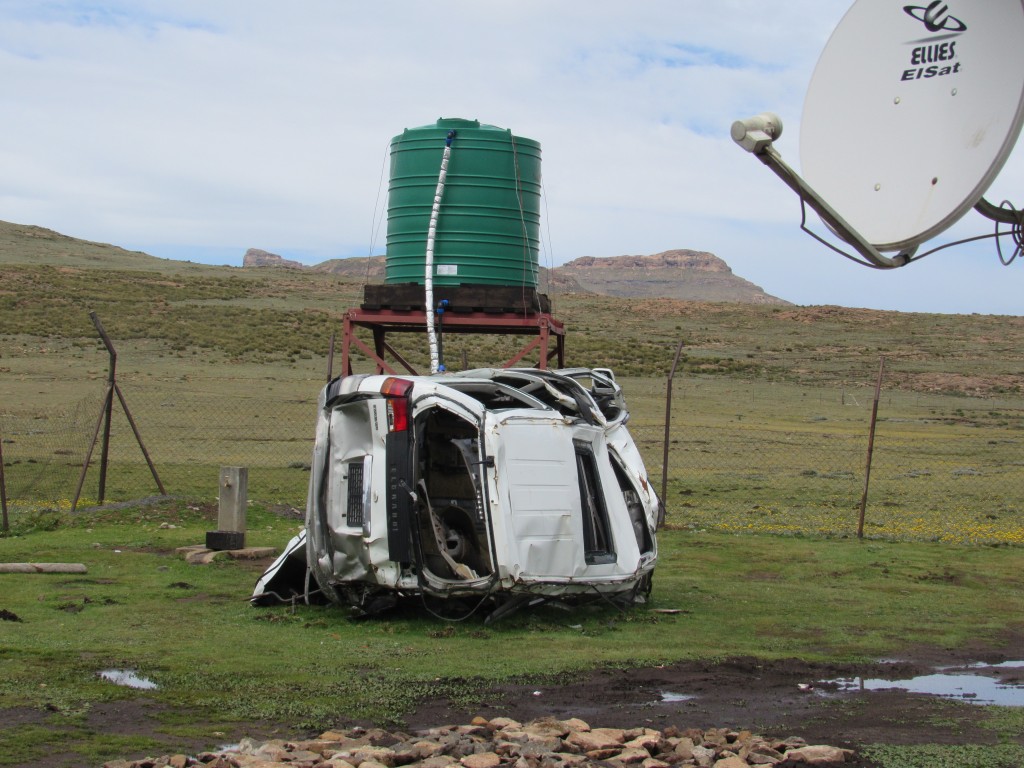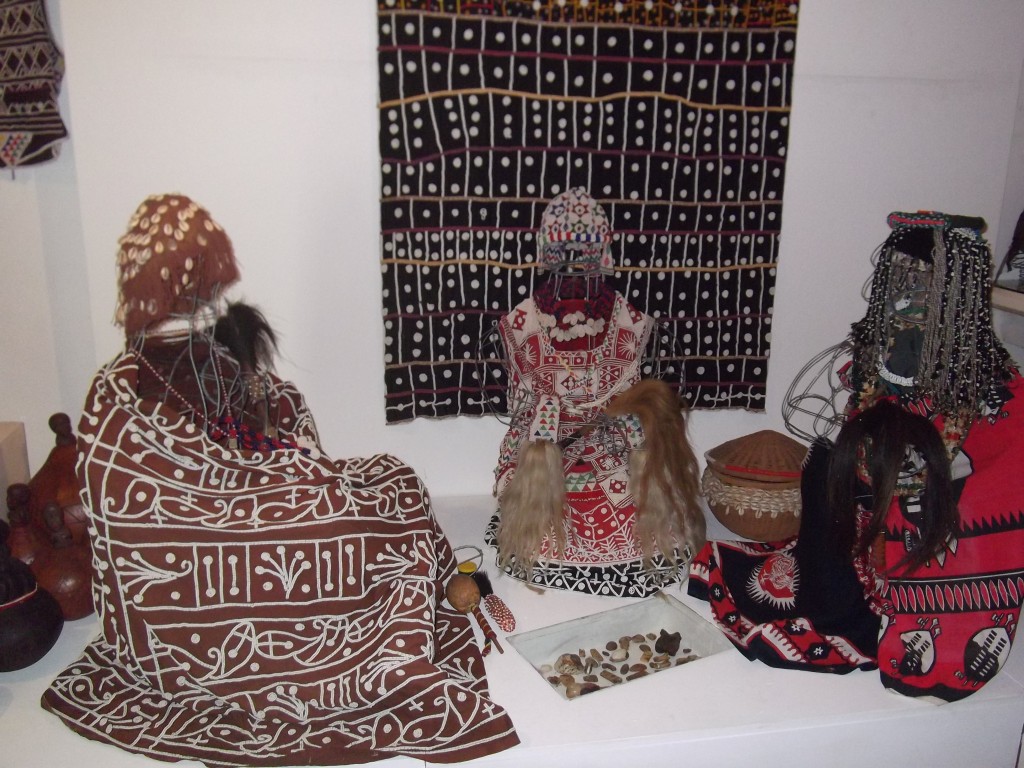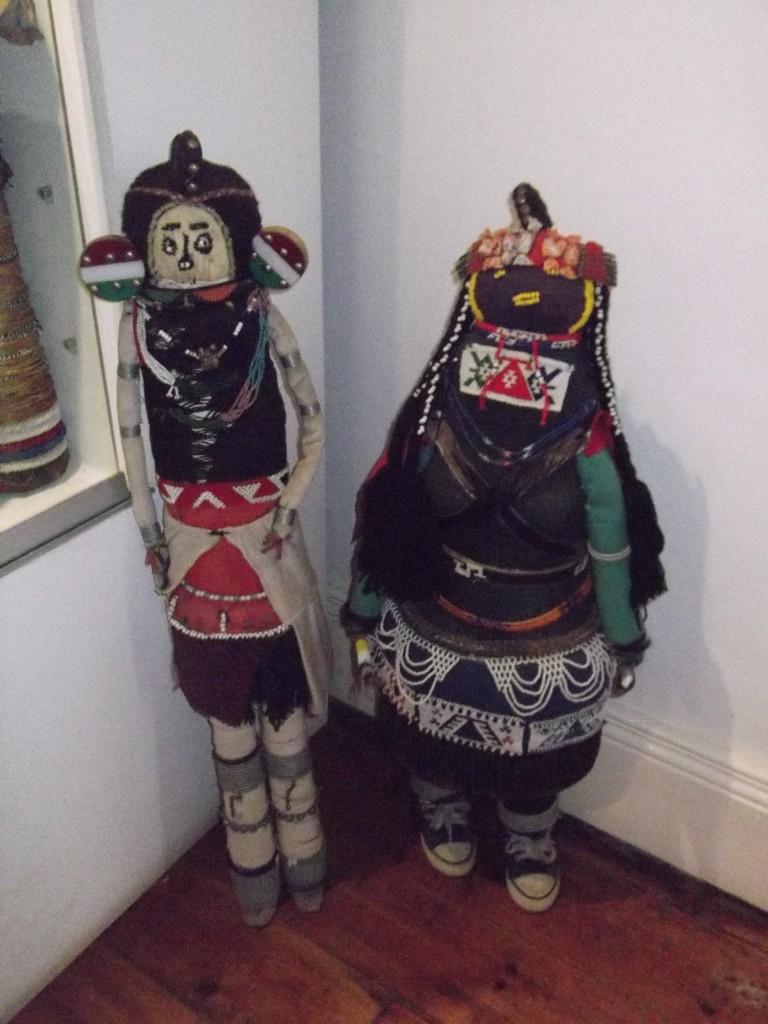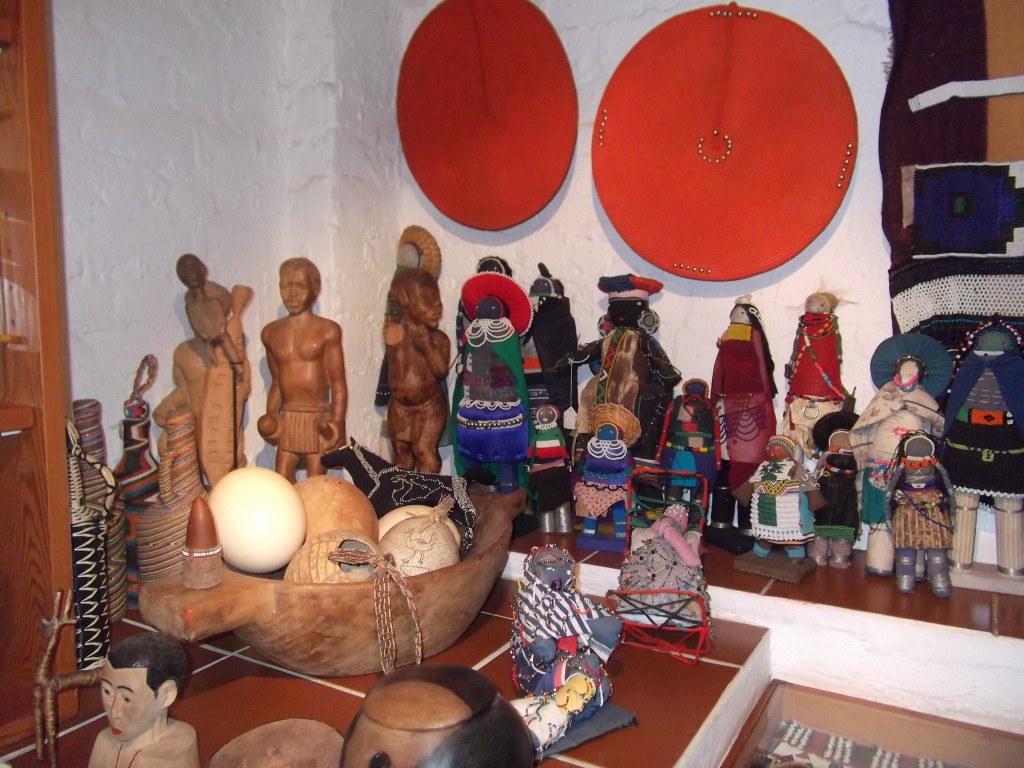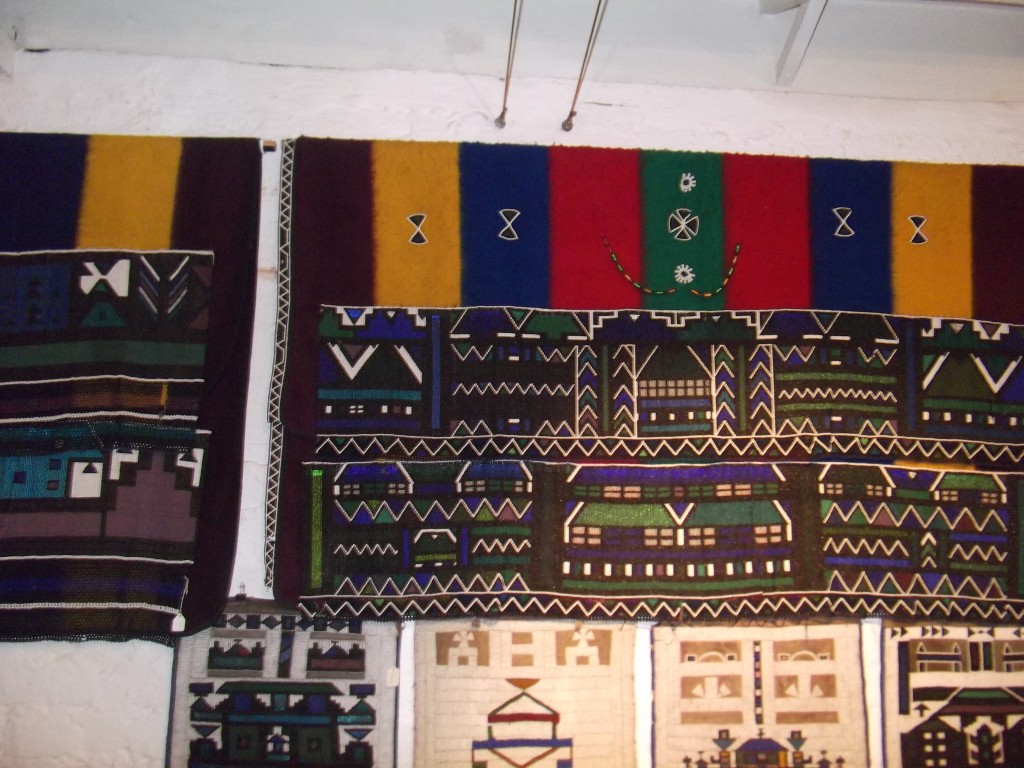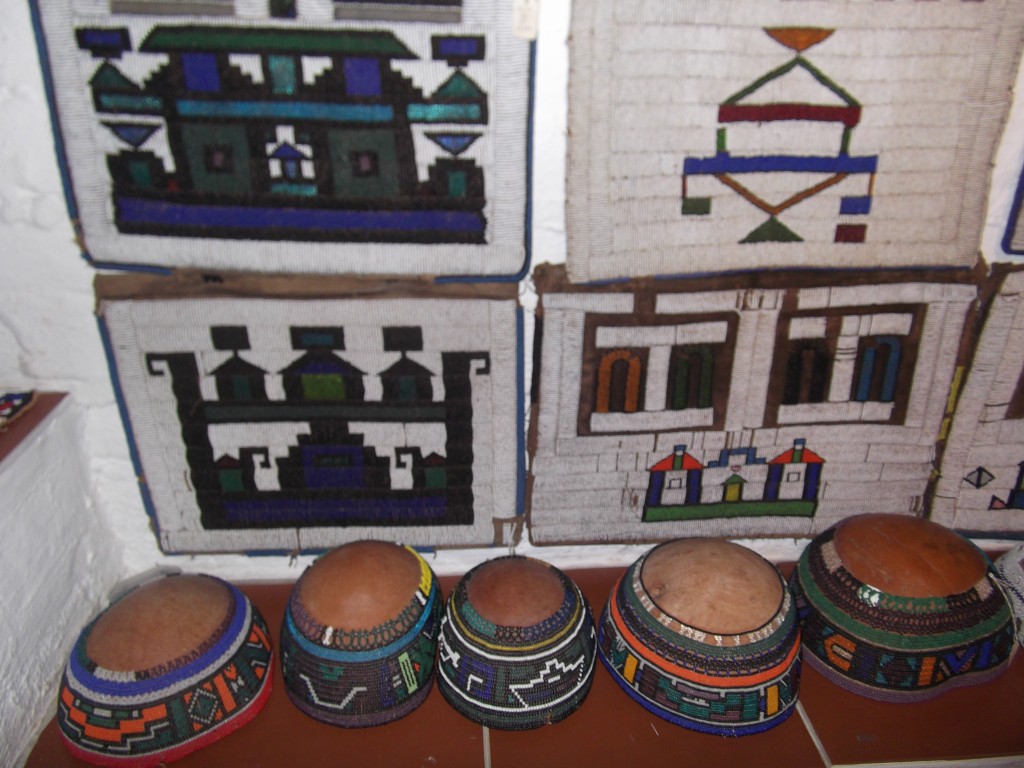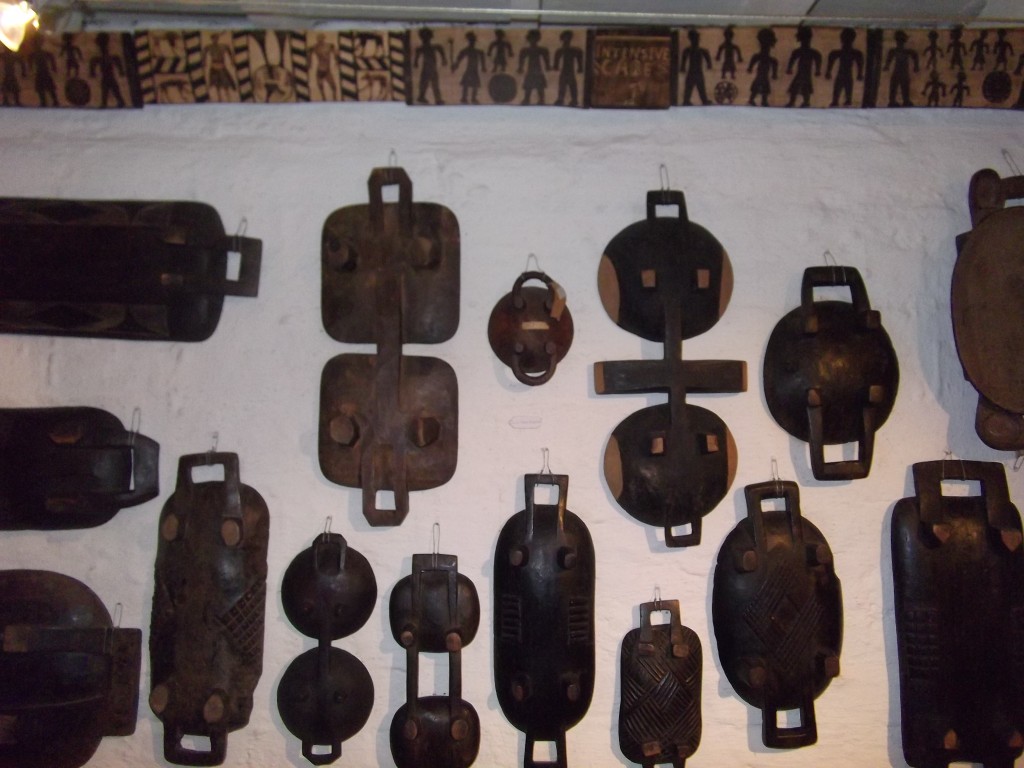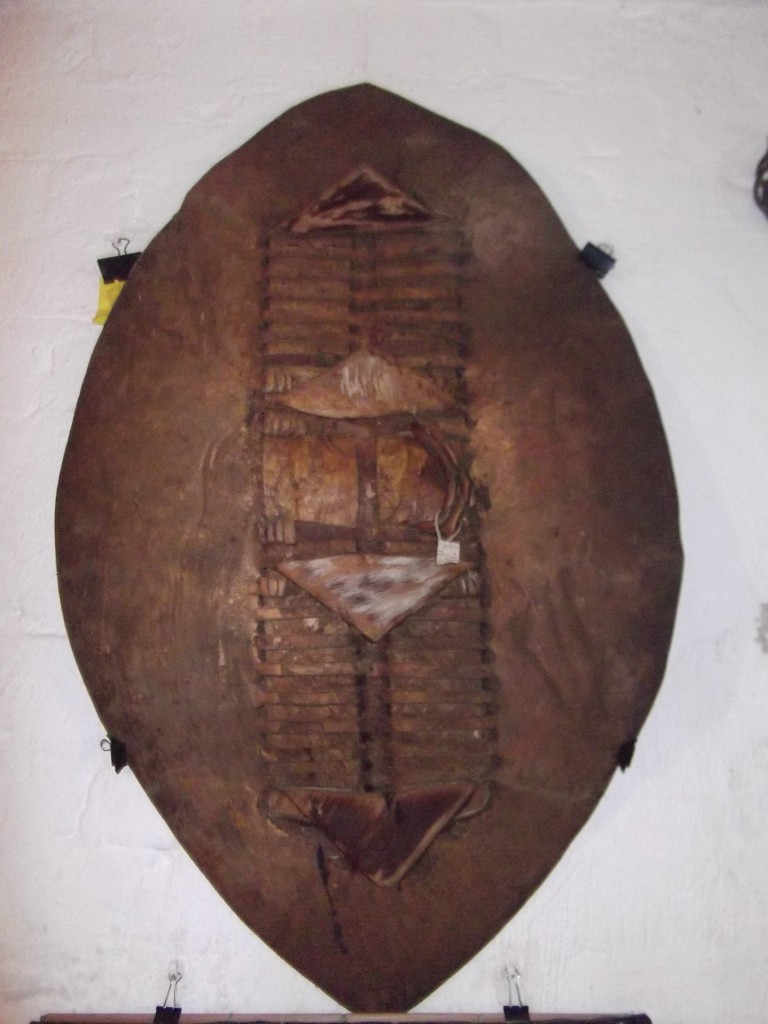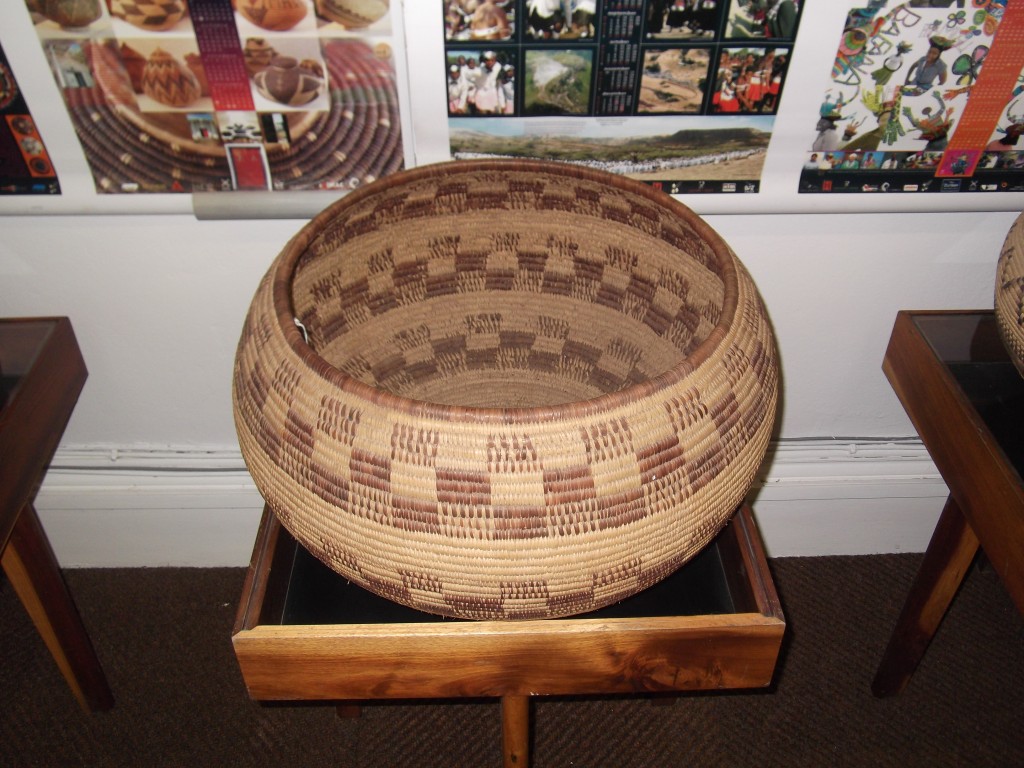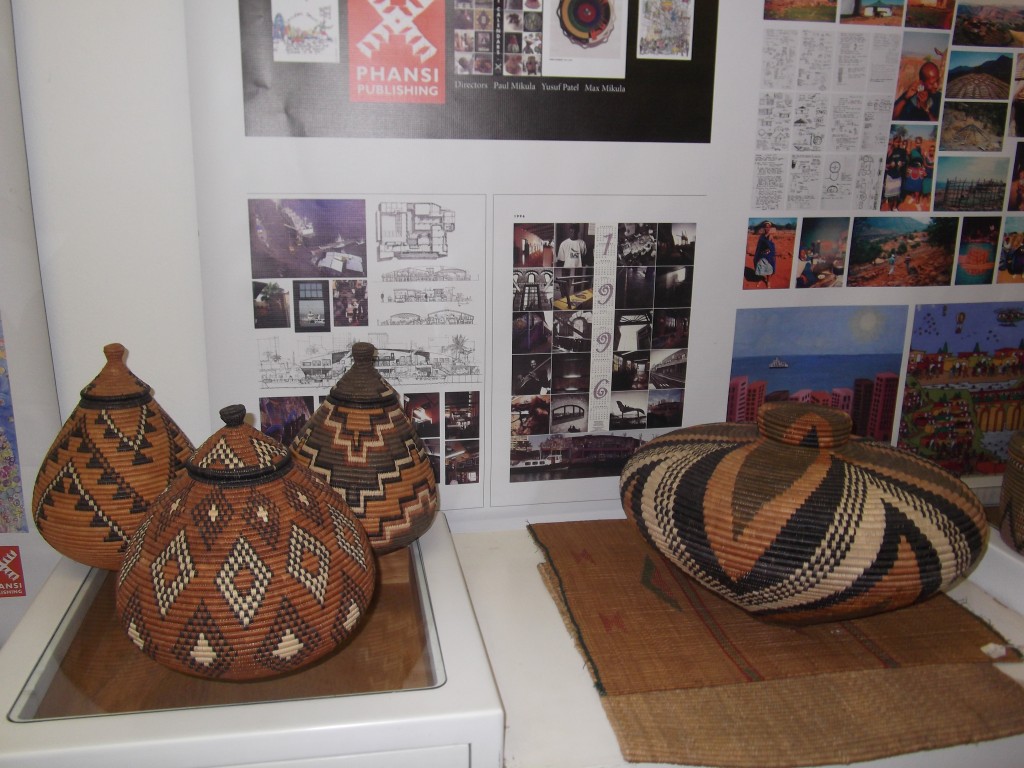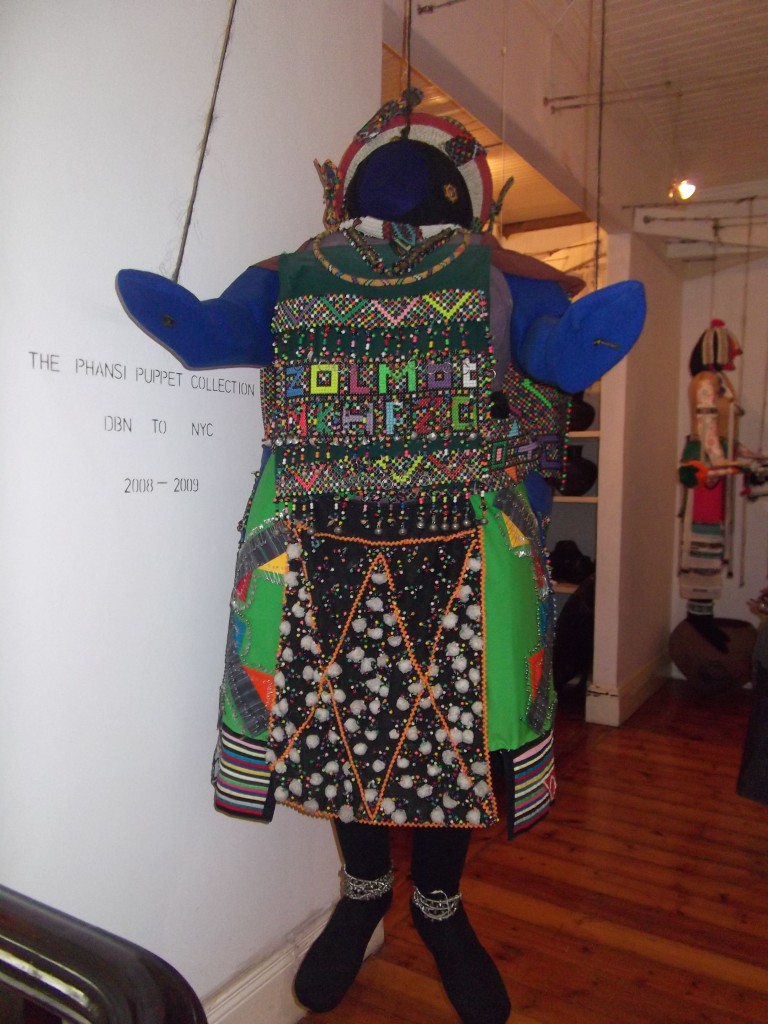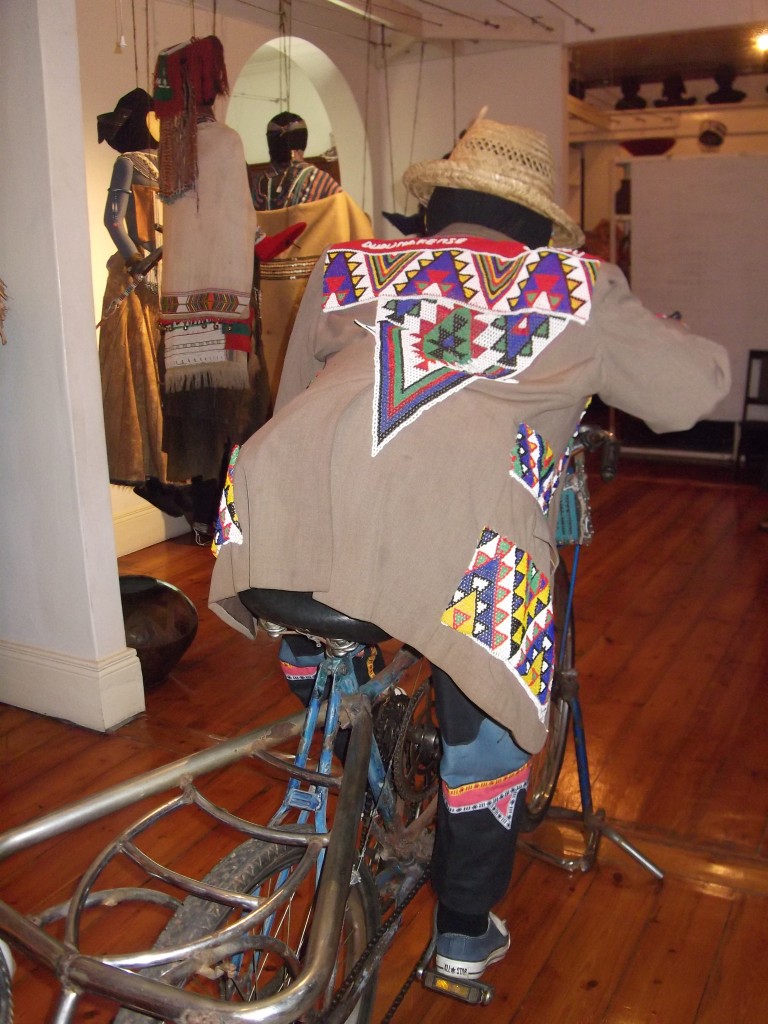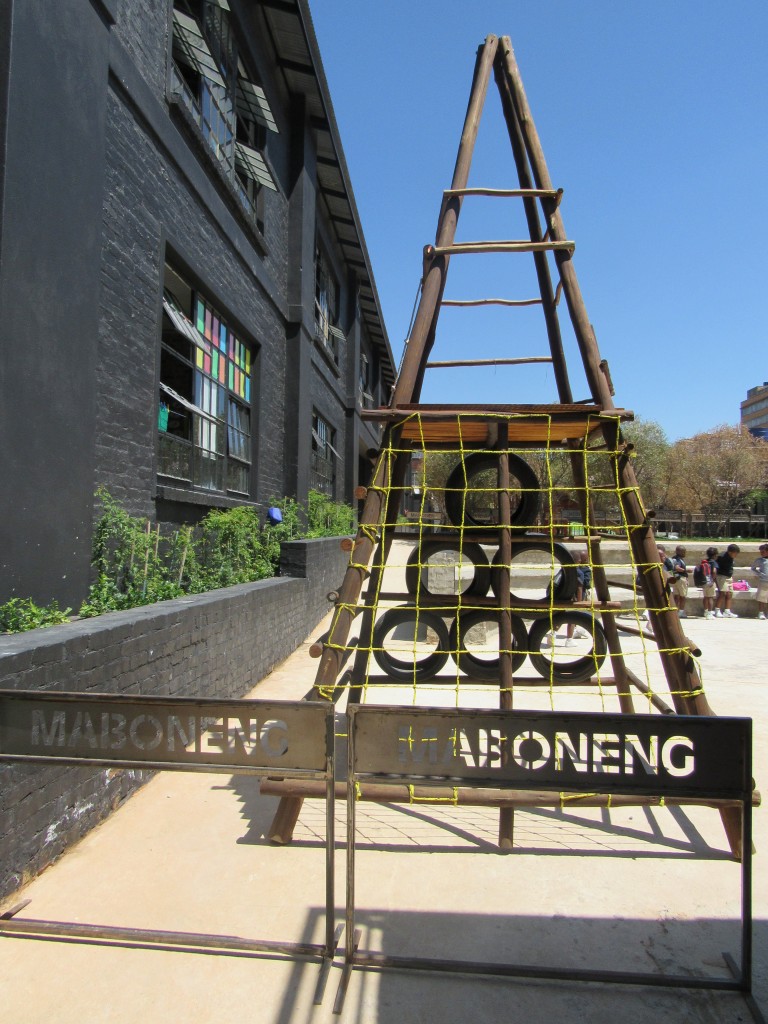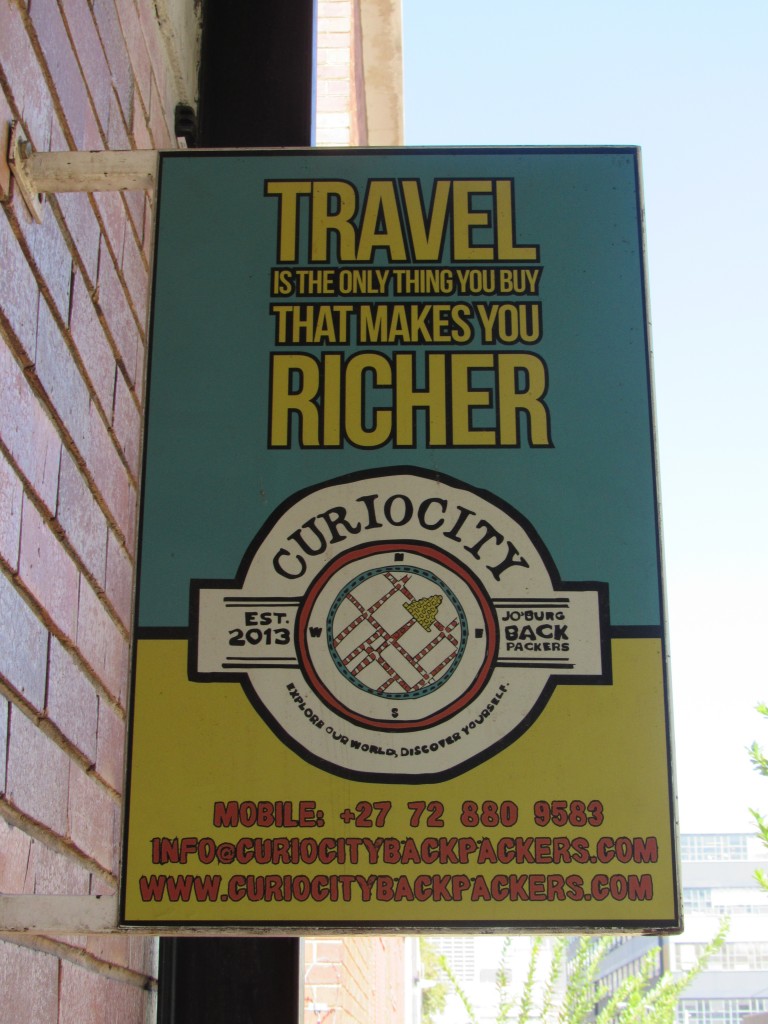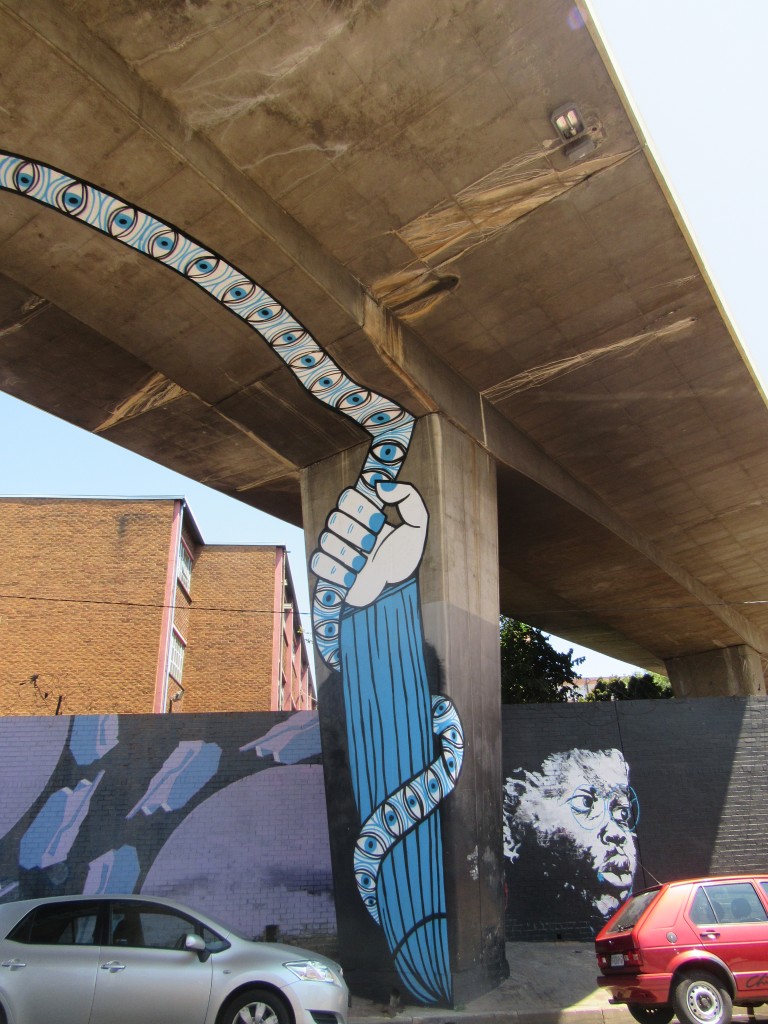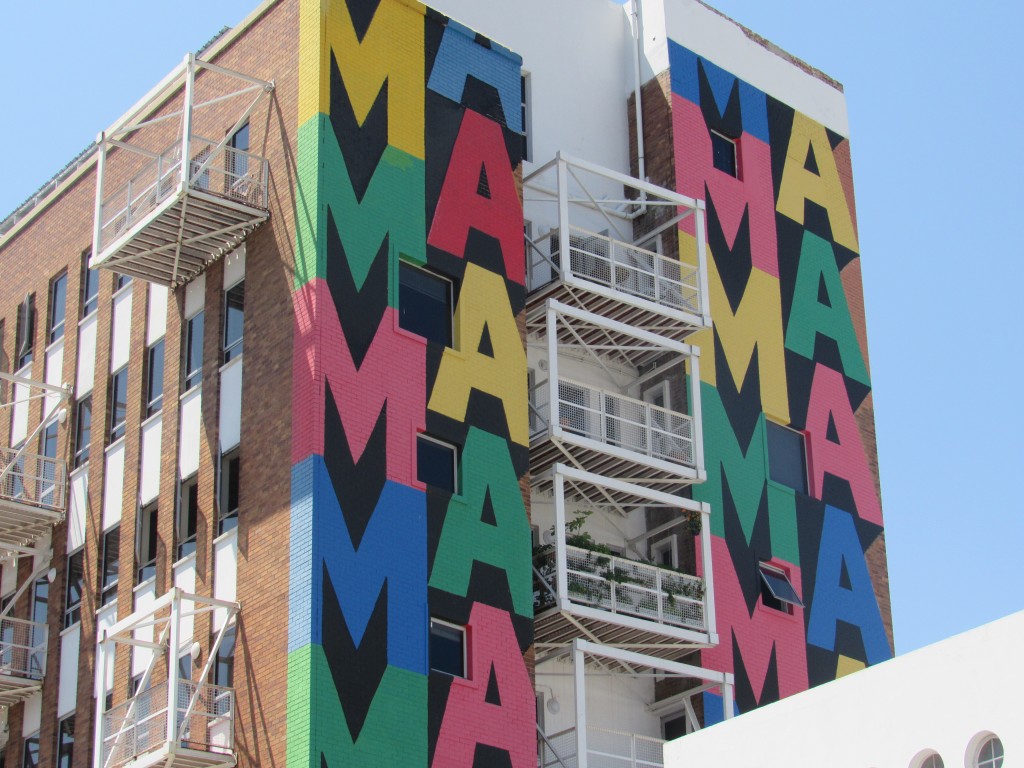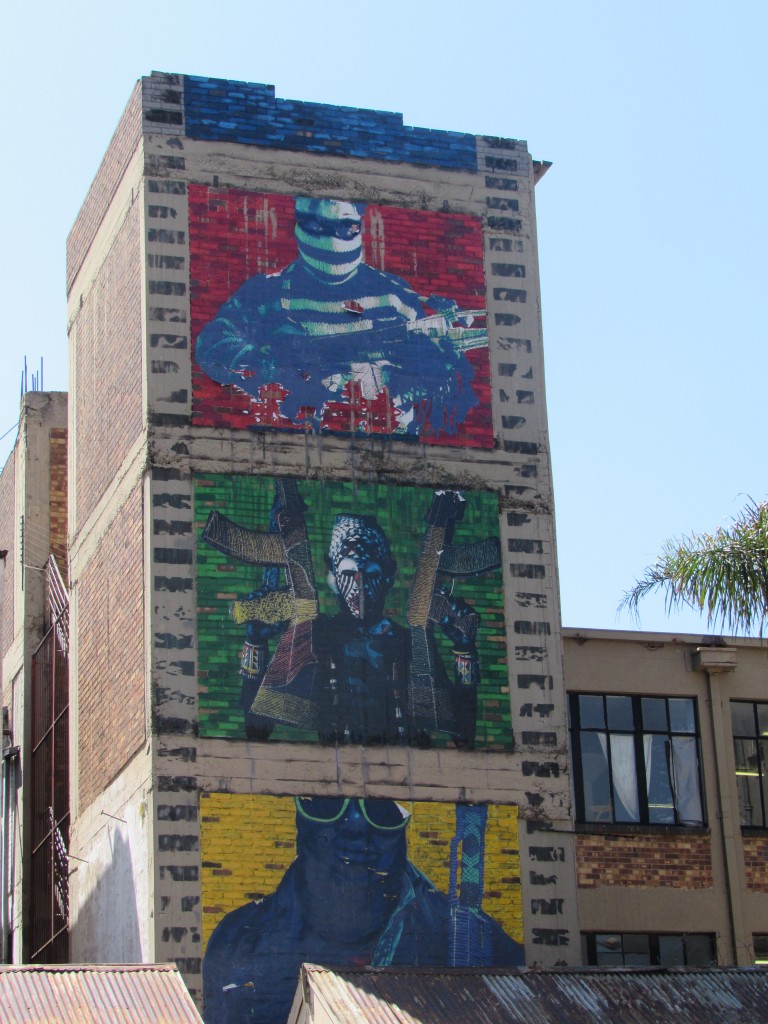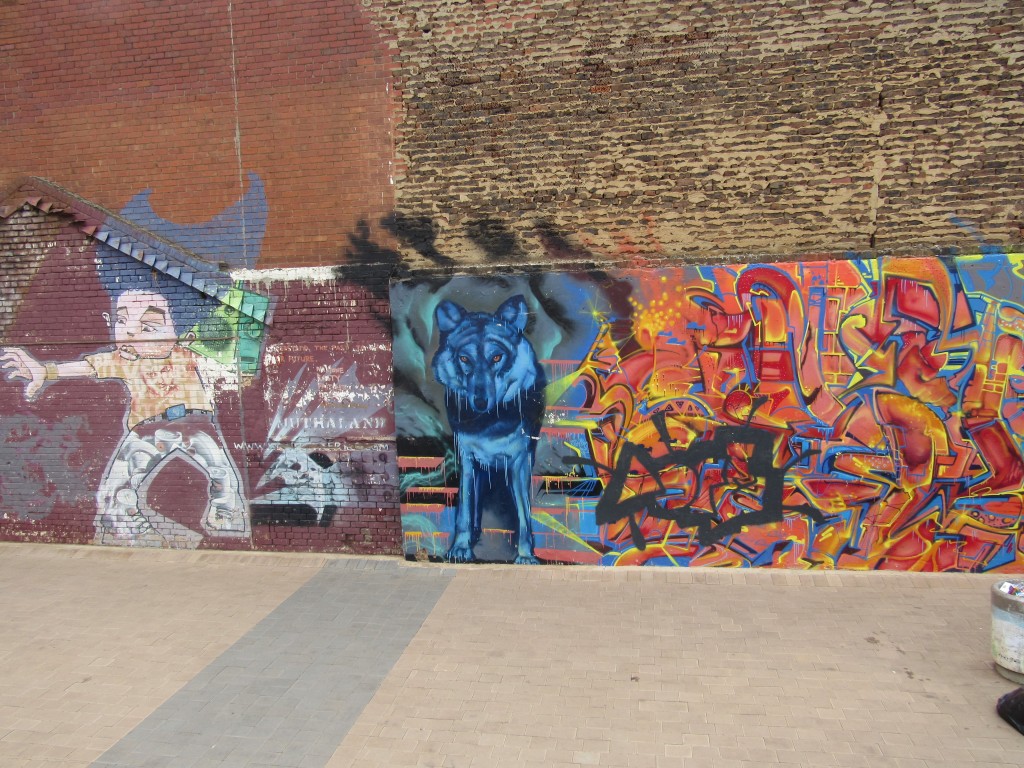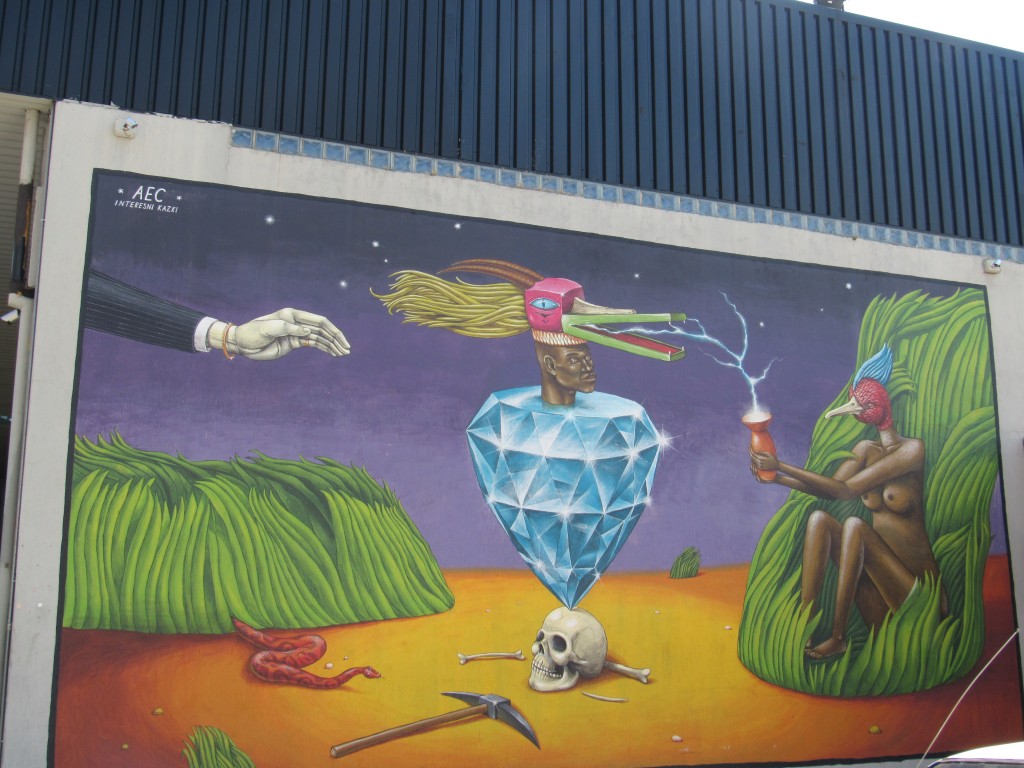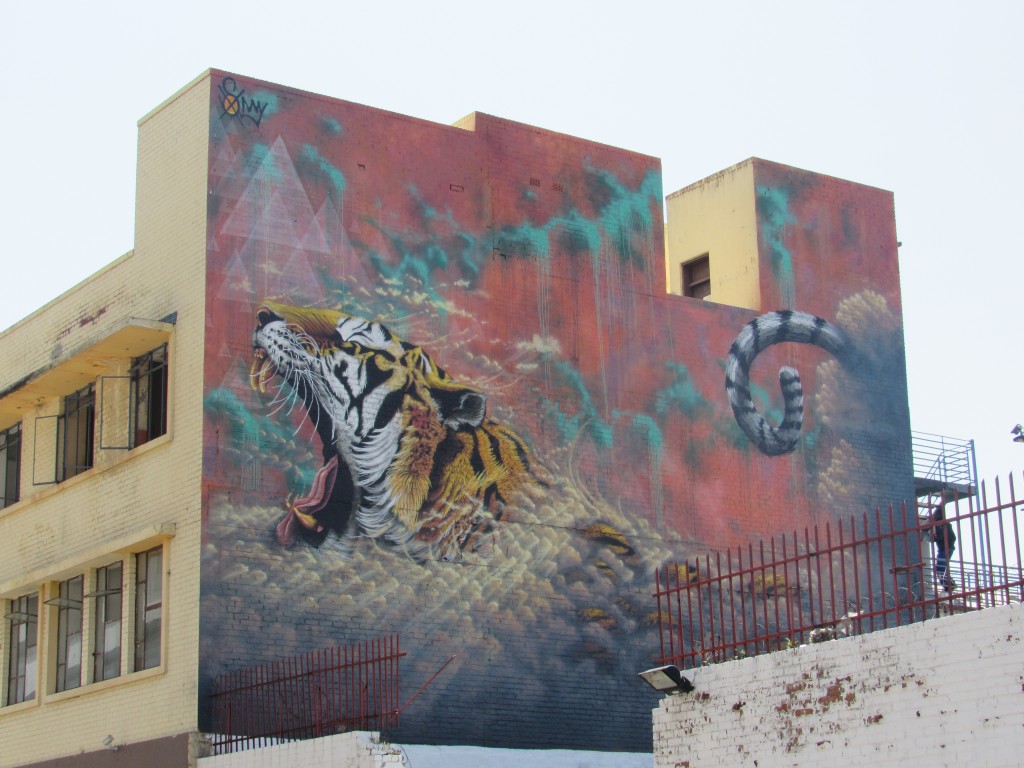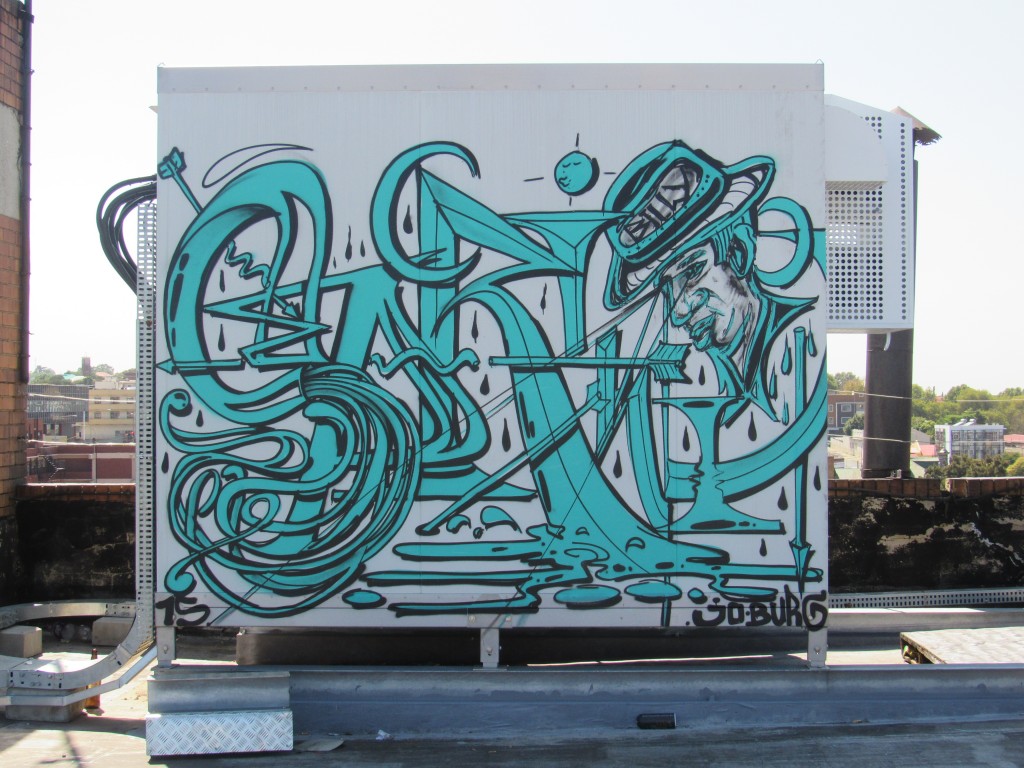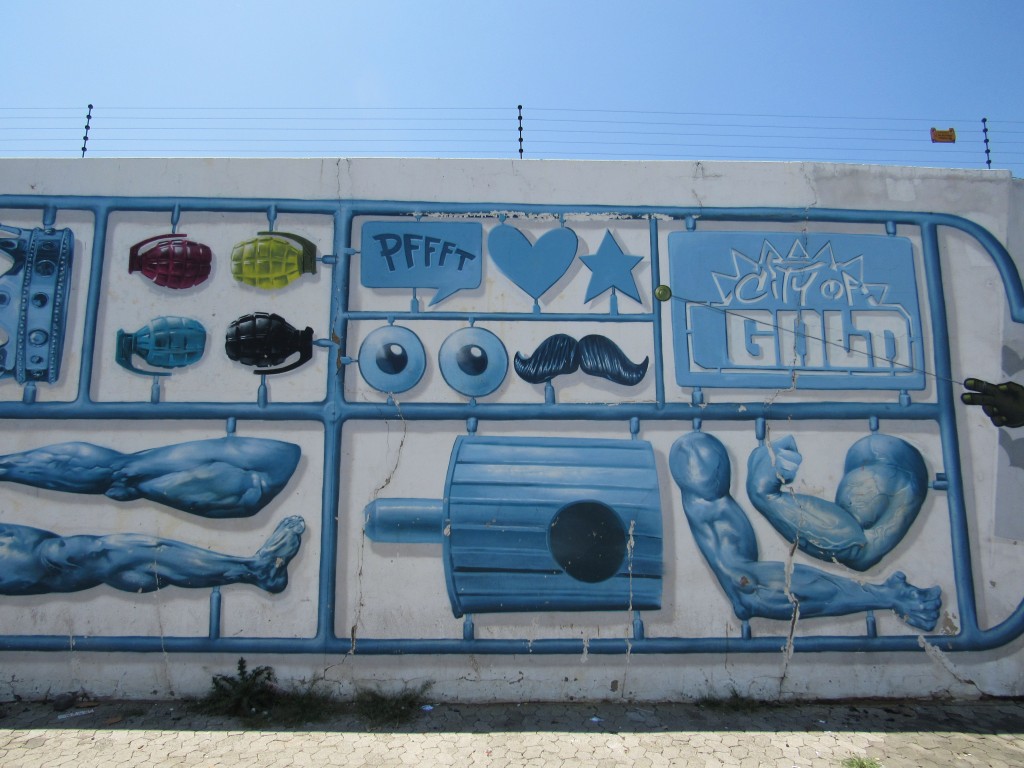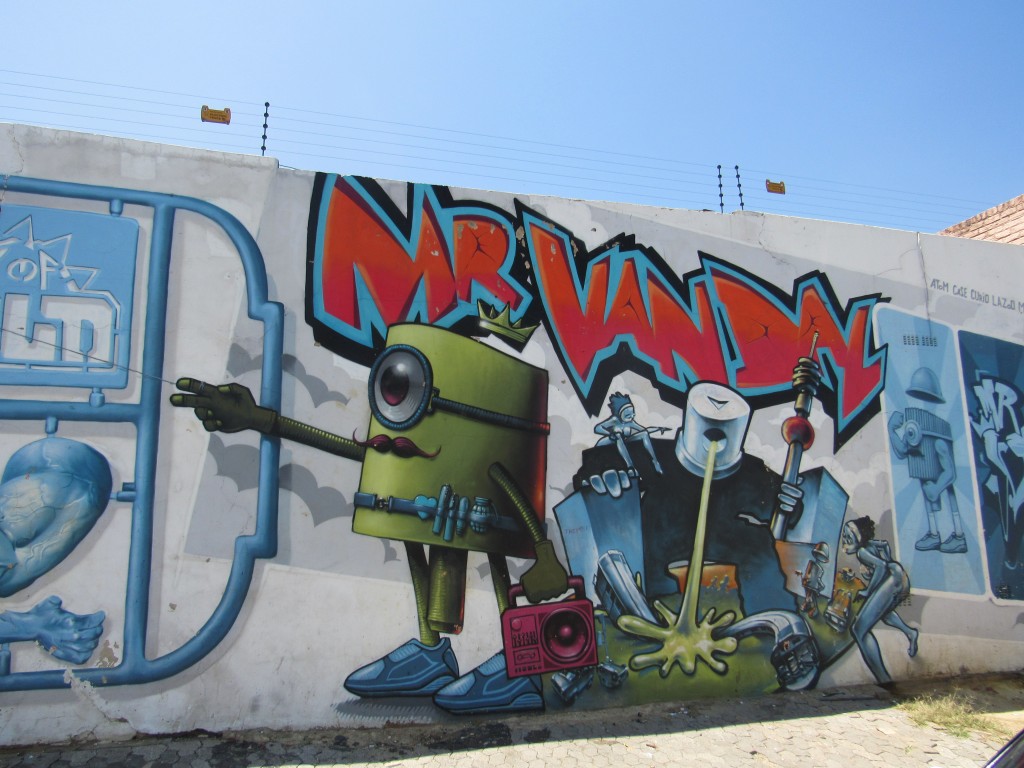The Top 7 Things to See and Do in Namibia
Namibia is situated along the southwestern coast of Africa and borders South Africa, Botswana and Angola. The country gained its independence from South Africa in 1990 and has since become a popular tourist destination. Namibia is an adventurer and nature lover’s dream, with activities ranging from bird watching to hiking to extreme sports. Here are my top 7 things to do and see there.
- Fish River Canyon
Located in southern Namibia, the Fish River Canyon is Africa’s largest canyon and second in size only to the Grand Canyon in Arizona. Unlike the Grand Canyon which was formed by water erosion, the Fish River Canyon was formed by the collapse of the valley bottom due to movements in the earth’s crust. The canyon offers magnificent views and photo opportunities. For the adventurist traveler, the Fish River Canyon hiking trail offers a challenging hike which covers a distance of 54 miles over 5 days in the base of the canyon. Since there are no facilities, hikers must carry all supplies on their back and find water in semi-permanent pools. Because of its arduous nature, a medical certificate of fitness is required before hikers can commence the hike.
- Namib-Naukluft National Park
The Namib-Naukluft National Park encompasses part of the Namib Desert (considered the world’s oldest desert) and the Naukluft mountain range. The most well-known and visited area of the park is Sossuvlei, a salt and clay pan surrounded by massive red sand dunes. Other landmarks in the park include Deadvlei, Hiddenvlei, Sesriem, the petrified dunes, Dune 45, and Big Daddy (the largest sand dune in the area at 1066 feet). The desert scenery is stunning and the area provides the perfect backdrop for amateur and professional photographers alike.
- Swakopmund
Swakopmund is known as Namibia’s adventure capital and for good reason. Popular extreme sport activities include sand boarding, quad-biking, hot air ballooning, dune skiing, skydiving, kite surfing, paragliding, and power kiting, among others. In the city, German buildings adorn the palm-tree lined streets and serve as a stark reminder of the city’s colonial past. The feel is more like a German village rather than an African city. Popular landmarks in the seaside town include the Swakopmund lighthouse and the jetty, which houses two waterfront restaurants.
- Walvis Bay
Walvis Bay is Namibia’s main harbor town and is best known for the colony of flamingos that make their home on the city’s lagoon. Other attractions include Bird Island, a man-made structure inhabited by 200,00 birds and used for the production of guano, and Dune 7, the highest sand dune in the area. A unique experience is the 30 mile drive over sand dunes to Sandwich Harbor, a freshwater lagoon is surrounded by dunes. Sandwich Harbor is a sanctuary for large numbers of coastal and fresh water birds. A four-wheel drive vehicle and entry permit is required.
- Etosha National Park
Located in northwestern Namibia and spanning an area of 8,600 square miles, Etosha National Park is Namibia’s prime wildlife location. Etosha, which means “great white place” in the language of the Ovambo tribe, is dominated by a massive salt pan which covers about 25% of the park. Etosha is home to hundreds of species of mammals, birds and reptiles, including elephants, giraffes, lions, buffalo, leopards, zebras, cheetahs, and the endangered black rhinoceros. The abundant wildlife gives you almost guaranteed game sightings. The park has several lodges and camping facilities, all of which have game-proof fencing. An added plus is that the park is malaria-free.
- Kunene region/The Himba Tribe
The Himba are an ancient tribe of semi-nomadic herders who live in the Kunene region, in the barren northwest region of Namibia. Because of the harsh desert climate and their seclusion from outside influences, the Himba have managed to preserve much of their culture and traditional lifestyle. Himba men and woman typically wear only a loin cloth or goat skinned mini-skirt. Himba women are known for their use of otjize, a paste of butter, fat and red ochre which they apply to their hair and skin, and which gives their appearance a distinctive red hue. Due to their secluded location and lifestyle, the Himba are best visited with a local guide who can communicate in their OtjiHimba language.
- Windhoek
Windhoek is the capital and largest city in Namibia. The city is clean and modern, albeit small as far as capital cities go. Due to its close proximity to Hosea Kutako International Airport, most tourists will begin or end their visit in Windhoek. Notable landmarks include Zoo Park, the National Library of Namibia, the Supreme Court of Namibia, the three castles of Windhoek, Tintenpalast (German for Ink Palace and the seat of both chambers of the legislature), and the National Museum of Namibia (which has interesting displays on Namibia’s independence movement and anti-apartheid struggle). Windhoek is also home to Namibia’s brewing industry and several shopping malls.
Have you visited Namibia? What was your favorite thing to see or do? Share your comments below.
